Every inbound marketing resource recommends that you develop buyer personas for your target audience.
A buyer persona is a representation of your target customer’s preferences and behavior as they shop and interact with your online business.
Personas help with content creation, product building, and service packaging.
In a NetProspex case study, their personas resulted in:
- 900% increase in the length of visit
- 171% increase in marketing-generated revenue
- 111% increase in email open-rate
- 100% increase in the number of pages visited
Because the Internet has become more accessible, the process of reinforcing personas has become easier.
A process that would take months to complete now only takes a few days or weeks.
How to create a buyer persona
You can use many free templates.
But I recommend Xtensio.
It’s a web app that allows you to create and export customer personas.
Developing personas with Xtensio is easy.
First, create an account. Then confirm your email address.
In your dashboard, select the pink ribbon with the white + icon.
Select Use Template.
Select User Persona from the templates.
Here, you will edit your persona.
The design interface is simple.
To change the name, highlight the title text and type in your own name.
Use the top toolbar to change your text and content.
Replace the headshot photo by uploading an image’s URL or by browsing your computer for an image that you’ve saved.
Add more features to your persona by clicking the tool icon. Then click Add Module.
When you’re done with your persona, download it or share its link.
As a free user, you can only download 8 templates a month. Export them as PDFs or PNGs.
Leverage your experience.
You know how to design an online persona. Now, you need to fill it with information.
If you have past clients or customers, collect their data.
Learn more about their pain points by referencing phone calls, support emails, and user activity.
Reliable PSD updated their personas by interviewing their top 10 clients.
They wanted to know more about their buying decisions so they could attract similar businesses.
They asked clients to sign up for a 30-minute call in exchange for a 10%-off discount on their next project.
On the call, they asked questions about:
- Customers’ ages, hobbies, and passions
- How they could improve their business
- Why they switched from their competition
- Opinions about their latest ideas
Reliable listened patiently to their clients’ answers.
They learned about what did and didn’t appeal to them.
This experiment helped generate ideas for marketing campaigns that could attract more like-minded clients and increase revenue.
Make educated guesses about your ideal customers.
If you don’t have any past clients or customers, recording information will be hard.
But it’s not impossible.
Use empathy and logical conclusions to speculate on the purchase motivations of your ideal customers.
Brian Tracy advises you to answer these six questions:
- What does your product do for your customers? Explain how it improves their home or work life.
- Who are your customers? Determine what type of people would benefit from your product.
- What are your product’s benefits? Explain how it satisfies their needs better than the competition.
- Where are your customers located? Identify their location and where they will buy your product.
- At what life stage are they likely to purchase your product? Describe the life or work experiences that persuade them to buy.
- What is their buying strategy? Explain their process of buying your product.
Accelerated Consulting Group has an infographic that repeats these questions.
When you have the answers, add them to your buyer personas.
Get inspired by dream clients.
When Charlie Hoehn graduated college, he applied to 100 jobs.
But no one would hire him.
Disappointed but ambitious, he took the unconventional route to getting a job.
He contacted industry influencers and offered them free work.
In a short period, he collaborated with great entrepreneurs like Seth Godin, Tim Ferriss, and Ramit Sethi.
He recommends that job seekers use the TAG method to land opportunities with influential people.
This strategy also helps entrepreneurs develop personas of high-paying clients.
First, you need to set up targets. These are the popular brands and influencers that you want to work with.
For example, your targets could be famous athletes like LeBron James and Stephen Curry.
Both men are worth millions of dollars.
Your next step is to perform a business or content audit.
Conduct intense research on their work, industry, and current projects.
But don’t stop there.
Consult like-minded individuals.
You wouldn’t contact Lebron if you didn’t understand his problems, right?
Instead, you would work with school and local athletes to learn more about their pain points.
Their insights will help build your customer personas.
And you’ll create a portfolio showcasing how you brought them value.
Then, you start pitching James and Curry.
Email them about how you can improve their business or brand.
Charlie recommends that you offer free value. But I think a significant discount is enough.
List the ways you can make them more money or satisfy their goals.
Use your portfolio or case studies to show that you can execute your plans.
Learn from your competition.
Everything you’re trying to accomplish has been done before.
Your competition has already reinforced their online personas.
They addressed your target customers’ pain points in their web copy or content marketing.
If you’re developing products for freelancers, you should visit Creative Class’s website.
It’s an online course dedicated to helping freelancers grow their business.
The homepage’s copy explains the benefits of the course.
The testimonial section showcases how the class has transformed their students’ businesses.
These are outcomes that your customers desire.
Bloggers like Millo write about topics concerning freelancers.
By reading their blog, you’ll understand their audience’s anxiety about growing their clientele.
Pay attention to social media shares and comments to determine if a topic is popular.
This helps determine if customers demand to know more about the subject.
Note this in your buyer personas.
Confirm your personas with Facebook
Your first attempt at a customer persona was full of guesswork.
You theorized the characteristics of your target customer.
You’re planning to test your assumptions to determine if they are correct.
But that will take a lot of time and work.
Instead, use Facebook to confirm your personas.
Take advantage of Facebook Audience Insights.
Facebook has over a billion users.
They’ve collected their data to help businesses better personalize their marketing campaigns.
Because brands have higher conversions when they target the right audience.
Obtain audience data through Facebook’s Audience Insights.
You can access the tool via Ads Manager.
When you enter Audience Insights, this will be your dashboard.
Click Create New to trigger this popup.
I recommend selecting “Everyone on Facebook” because you’ll have a bigger population to choose from.
The right sidebar contains all the ways in which you can filter your audience.
Under Location, pick the area where you want to monitor your audience.
I chose the United States.
Under Age and Gender, select your customer’s demographic. I advise you to leave it blank so Facebook will determine it later.
Under Interests, submit the topics and pages that relate to your target customers.
I wanted to target yoga lovers. I entered yoga, pilates, and SELF Magazine.
Expand the Advanced tab to sort your audience further.
Notice how your dashboard changes with every new filter.
Under Demographic, I discovered that my audience were women between ages 25 – 45.
Under Lifestyle, I realized that they were also career-focused women.
They were college-educated and married.
Many of them were in the service business.
Under Page Likes, I found the brand pages and categories that they liked.
The Location tab identifies the cities with the highest concentration of your target audience.
Under Activity, I saw how they interacted with Facebook and what devices they use.
Under Household, I got information about their income and family size.
Under Purchase, I learned about their spending habits.
Need to reference your custom audience for later?
Save it by clicking the Save option on your account menu.
Give it an appropriate name.
Later, click Open to use it again.
Participate in online groups and forums.
Learn more about your target customers by joining their online communities.
You’ll gain insights from so many people at once.
Search for relevant groups on Reddit, Facebook, and LinkedIn.
Be active in subreddits.
Reddit is the self-proclaimed front page of the Internet.
Unlike the Internet, it’s divided into forums called subreddits.
There are subreddits for almost any topic.
Find specific topics by searching for keywords.
I searched for online marketing.
Here are my results:
I picked Social Media. Here is the subreddit:
When you scroll down the page, you’ll see a list of related subreddits.
When you click on a topic, pay attention to its user activity.
Because some subreddits are no longer active, there will be an announcement declaring them closed.
For example, this Content Marketing forum is closed.
To get notified of any subreddit updates, click on the green subscribe button on its front page:
Discover groups on Facebook.
Finding groups on Facebook is easy.
First, search for particular keywords.
In your results, you’ll find relevant groups.
Either click See All or the Group tab to find more results.
Find more groups by clicking the Group icon. It’s located under Explore on the sidebar.
Under the Discover tab, you’ll find groups recommended to your user activity.
The top bar is full of group categories. Click on them to find related groups.
I clicked Business. Here are my results.
On the side are related tags.
Click on them to find more groups.
To join a group, just click on the join button.
If the group is public, you can join instantly. If it’s private, your membership will be pending.
Join industry groups on LinkedIn.
If you’re trying to engage with industry colleagues or people with specific job titles, I recommend that you use LinkedIn.
Like Facebook, they also have groups.
First, sign into your account.
Then, select Work on the top navigation bar.
You’ll see extra options. Select Groups.
You’ll be directed to LinkedIn’s Group page. Here, you’ll see the activity of the groups you already joined.
Click on the Discover tab to find recommended groups.
Another method is searching for groups.
I searched for online marketing. Its groups popped up in the queries.
Find more groups by clicking the Groups tab.
When you click on a group, you’ll get directed to its page.
But to be a member, you must ask to join.
Join live chats on Twitter.
A Twitter chat is a live discussion that all participants can track via a hashtag.
Usually, you’ll find industry influencers participating in these. But a lot of ordinary people participate too.
To find Twitter chats, reference lists on TweetReports and TWUBS.
TweetReports has a list of submitted Twitter chats.
Here’s the master chat schedule:
Look under Chats by day of Week to find discussions being held on a specific day.
Here are Sunday’s chats:
Try TWUBS to find more chat lists.
Under Chats, click Twitter Chat Schedule.
You’ll find a timeline of Twitter chats being held today and later in the week.
Click view later to find chats being held in the future.
A simpler way to find chats is to search for categories.
Under Directory, select See All Categories.
You can filter chats by event, organization, or topic.
Find chats by searching for keywords. The search bar in the directory is for looking up chats.
The major and top search bars are for live tweeting.
Read chats’ profile pages and image covers to find their schedules.
Don’t forget website forums.
Lastly, I recommend that you join online forums.
There are a lot of forum directories on the web, but most of them are outdated or inactive.
So, search for “keyword + forum” on Google to find the latest online communities.
I searched for “bodybuilding forums” and got these results:
My first result, BodyBuilding.com, has a very active forum.
The activity is as recent as a few hours ago.
You want to join forums that are active, have a lot of members, and are used by your target customers or clients.
Don’t use bodybuilding forums if you’re trying to appeal to small business owners.
Don’t ignore community rules.
Joining online groups is easy.
But getting banned from them is easier.
Most online communities have rules that you must agree to.
Respect them and your fellow members.
Make a good first impression by introducing yourself.
Avoid being spammy by offering value as you participate in these forums.
Create threads that will help complete your online persona.
Create and promote a survey
You can learn a lot by asking your target customers open-ended questions.
Chicks Inc., a marketing agency, knew that their audience consisted of aspiring entrepreneurs and small business owners
But they still had trouble brainstorming content ideas.
So, they developed a three-page Google questionnaire called Audience Research Survey.
This survey asked for personal information like gender, age, job, and income level.
It also asked about participants’ interests and favorite social media pages.
On the last page, it asked about their pain points, goals, and learning preferences.
When a participant finished the survey, they were directed to this confirmation page with a link to a Dropbox folder.
In the folder were free photos, an e-book, and a slideshow presentation.
They used this email to promote the survey:
The results? Success!
Out of 1,789 subscribers, 100 people finished the survey. That’s a 5.6% conversion rate.
That number might seem small to you. But it was bigger than expected.
Here are the responses in Google Sheets:
These answers were a blueprint on how to convert these leads into paying customers.
If you don’t have over 1,000 email subscribers, you should run a Facebook Ad campaign instead.
Like how Ahrefs promoted their survey:
Target an audience that is interested in your topic and likes your competitors.
Incentivize people to complete the survey by offering a lead magnet.
Here’s an example from AdEspresso:
Communicate directly with your target clients
One of the best ways to finish a buyer persona is to contact your target buyers.
The steps are simple.
Research businesses that have recently hired contractors with similar skills as you.
For example, you’re a web designer looking for lawyer and law firm clients. You discovered that a firm redesigned their website.
So, you email them this template:
A week later, the firm responds with this email:
Now, you know exactly what your target clients want.
I credit Paul Jarvis for this strategy.
He advises you to ask these questions:
- “Why did you hire that particular freelancer?”
- “How’d you find out about the freelancer?”
- “What problems were you having that led to hiring them?”
- “What results did you expect from hiring them?”
You should reach out to about 10 businesses or people. Write down the common phrases and problems that they use.
Create a similar strategy for customers who bought products from your competitors.
Map your personas across the customer journey
Hold onto your buyer personas because you have one more step.
You have to create a customer journey map for each one.
It’s an illustration depicting the stages your customer goes through to buy your products or services.
They look this:
Create a free online map with UXpressia.
They have templates for a variety of industries.
Design a map from your customer’s POV.
Your journey map relies on you theorizing the motivations and actions of customers as they interact with your website or marketing campaigns.
It should include the following:
- Your buyer persona
- Behavior stages
- Customer goals and challenges
- Touchpoints and channels
- KPIs
A customer persona is the profile of your target customer. You’re going to specifically influence their buying decisions.
Next, you’re going to describe their buying stages.
You’re trying to understand their steps from awareness to direct purchase.
The most common journey map is the online buyer’s journey:
According to Hubspot, it has three stages:
- Awareness
- Consideration
- Decision
They theorized the feelings and desires every customer endures at each stage:
They also develop content to accompany each phase.
When a prospect is in the awareness stage, HubSpot provides them blog posts and e-books.
In the consideration stage, they provide webinars and white papers.
They end the decision stage with live demos and trial offers.
At every stage, customers have goals that need to be satisfied, like downloading an e-book.
You must find and erase any challenges that they might encounter to increase conversions.
For example, converting a website visitor into an email subscriber should be fast and easy.
After they opt-in to your email list, you must deliver the lead magnet into their inbox.
Anything delaying this process will irritate your lead.
Next, identify your touchpoints or channels. These are the places where a customer will interact with your business.
This could be a homepage or social media post.
HubSpot tries to optimize all of their online touchpoints, like this landing page.
Lastly, determine your KPIs.
KPIs, or key performance indicators, are the metrics you track to determine if a customer has completed a goal or has moved on to the next stage.
This could be sales numbers, email subscribers, bounce rates, or conversion rates.
This infographic displays possible KPIs for content marketing:
If you’re not familiar with customer journey maps, I recommend adopting HubSpot’s buyer’s journey.
It’s simple and easy to understand.
They have a free webinar that further explains the map.
Conclusion
Online personas are critical to your marketing efforts.
They describe who your target customers are and how you can market to them.
When you’re first drafting your personas, you’re jotting down your assumptions.
You’re speculating their buying behavior.
But this approach has limitations.
Don’t make assumptions about your buyer personas — at least not after you’ve collected data.
Confirm them with demographic data, interviews, and survey results.
When you reach out to your target customers, they’ll provide a blueprint on how to sell to them.
But don’t abandon personas at the planning phase.
Reference them all throughout the marketing cycle.
Also, don’t forget to update them.
As Gary Vanyerchuck advises, you must market in the year that you’re living in.
As time and technology change, so do customer buying habits and challenges.
Every day, new businesses attempt to replace you in the marketplace.
Maintain your competitive edge by understanding your customers or clients better.
How do you implement online personas in your business?

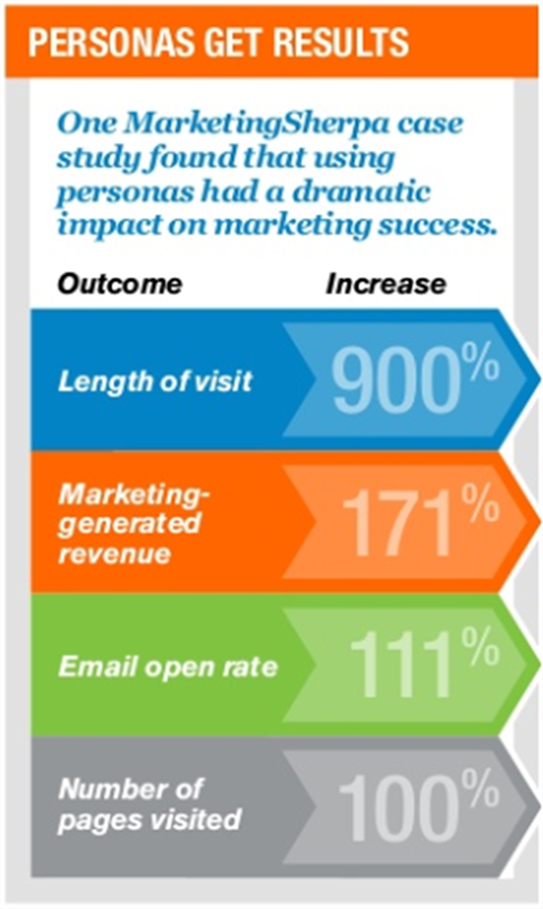
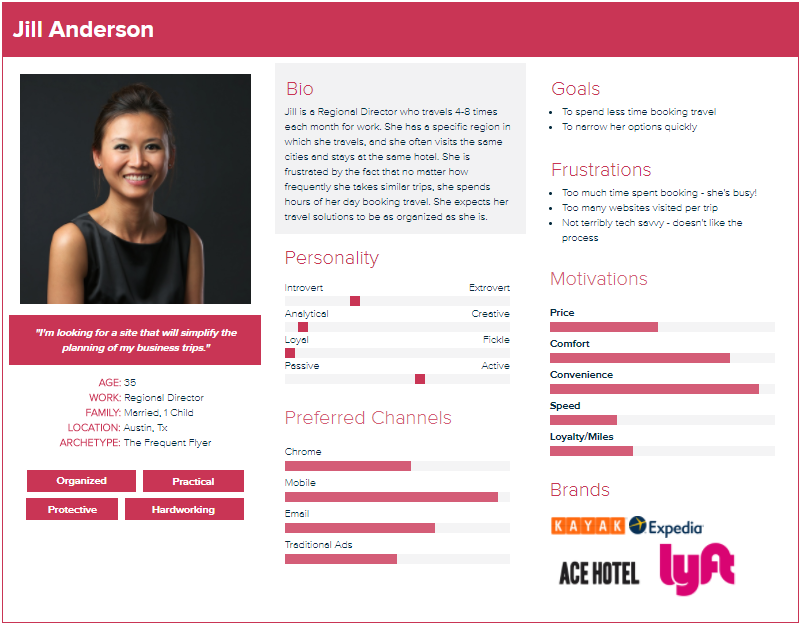
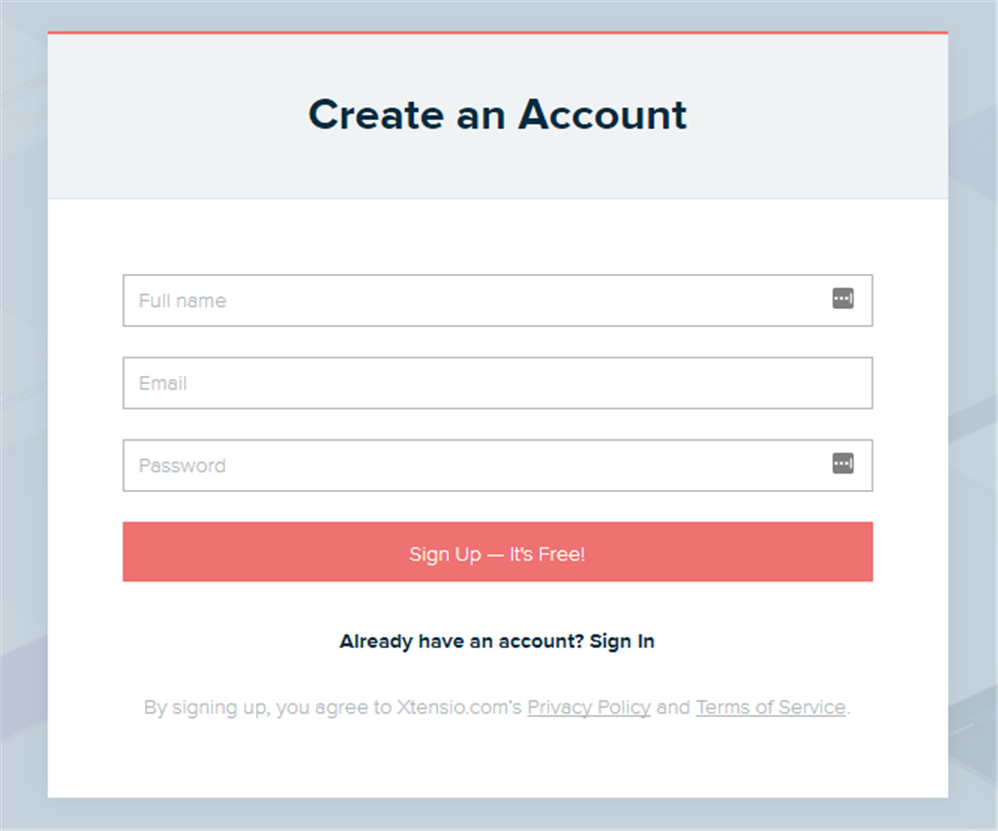
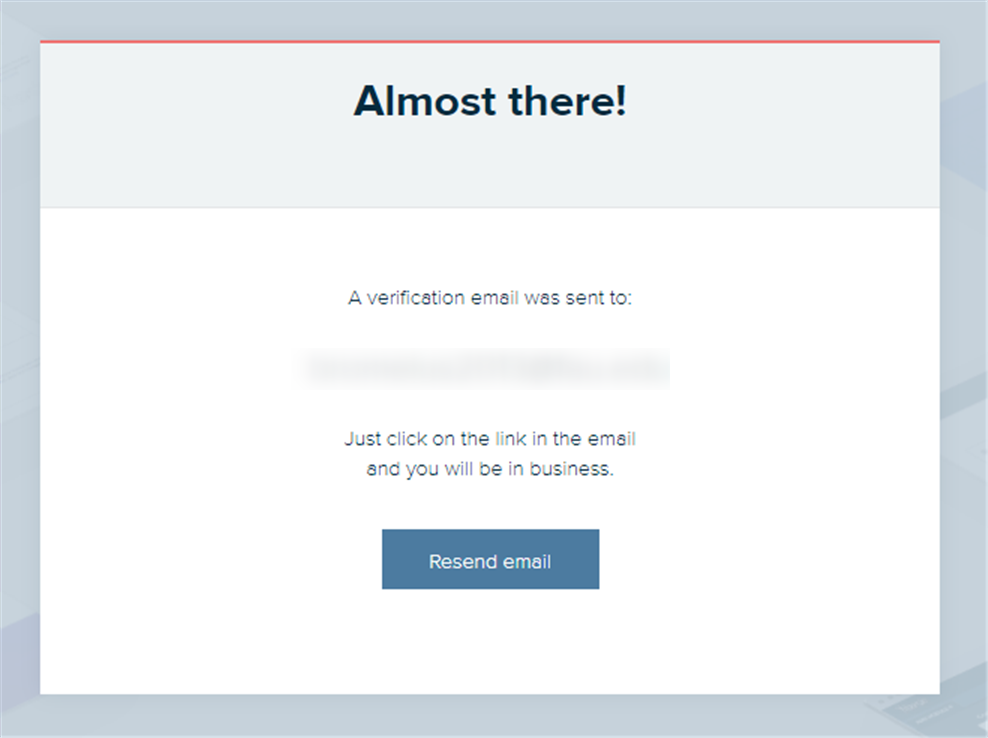

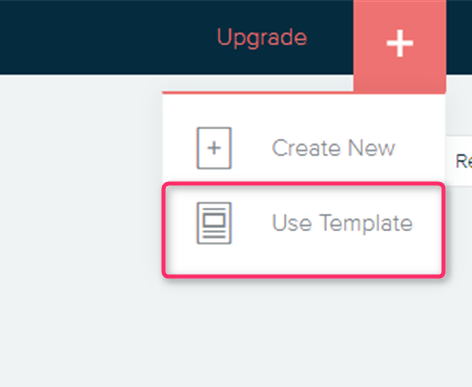
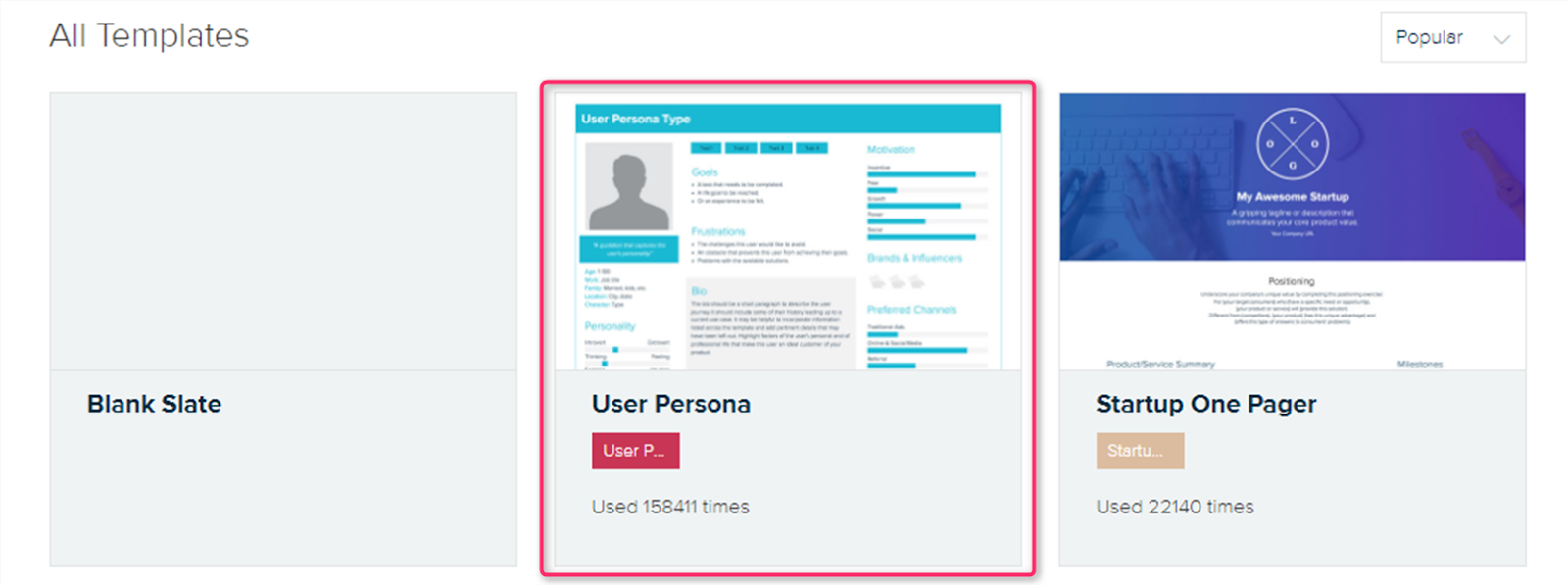
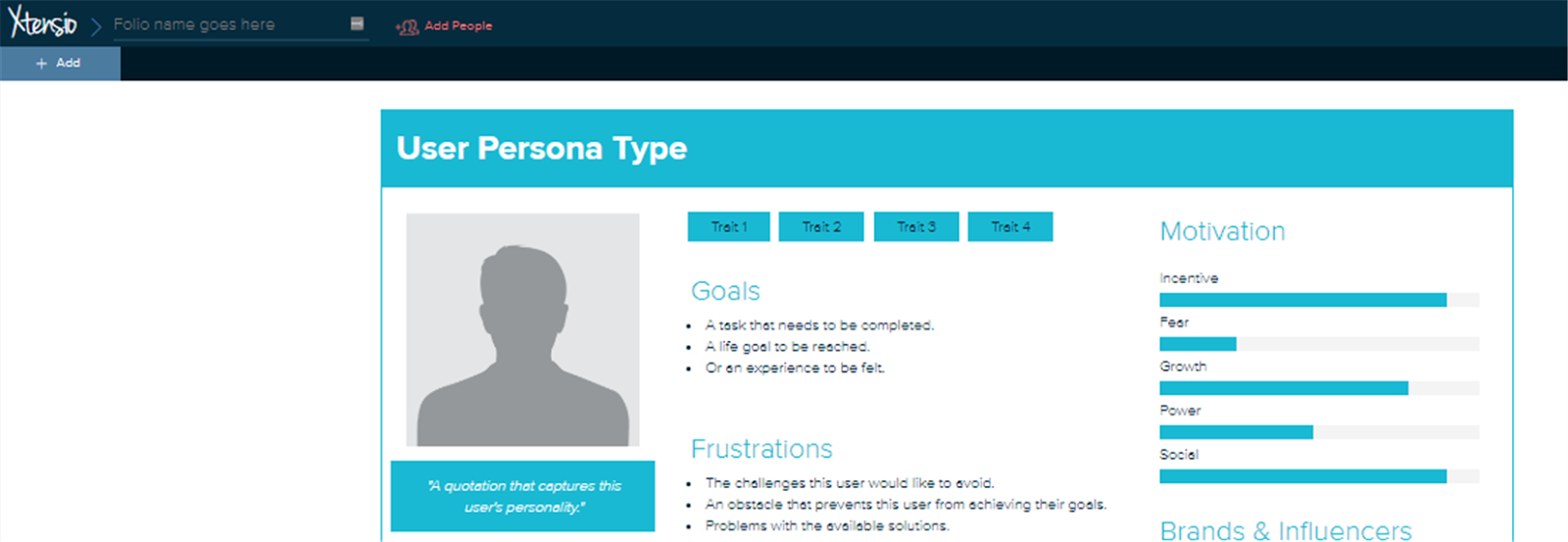
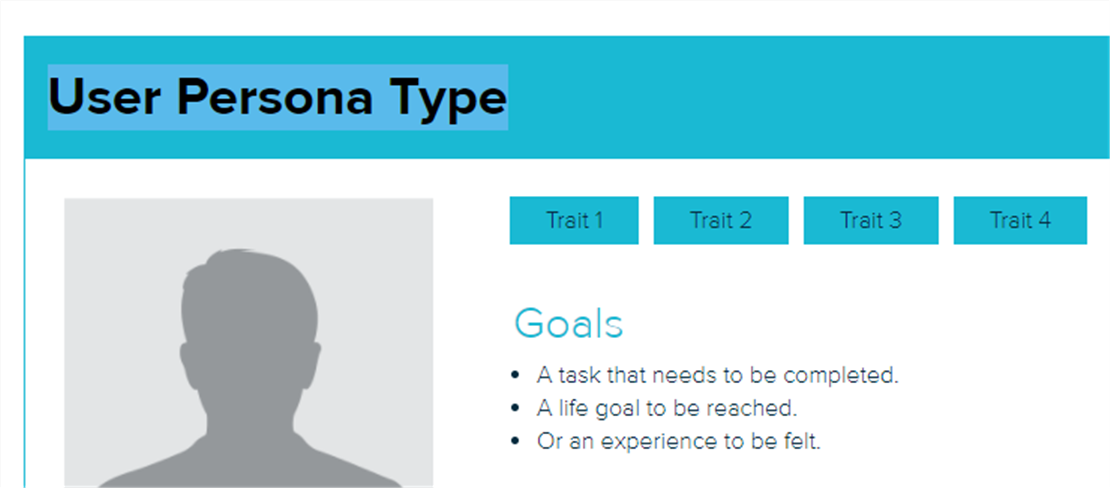
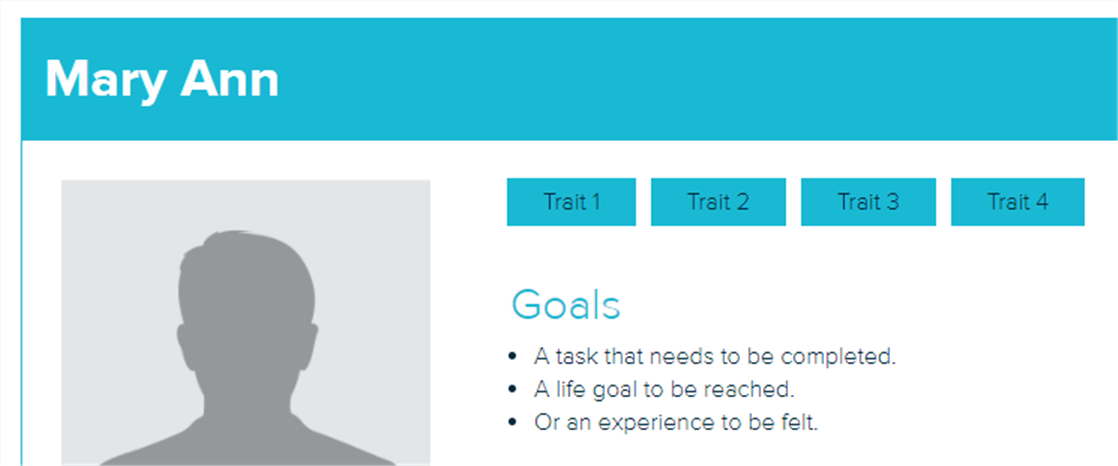

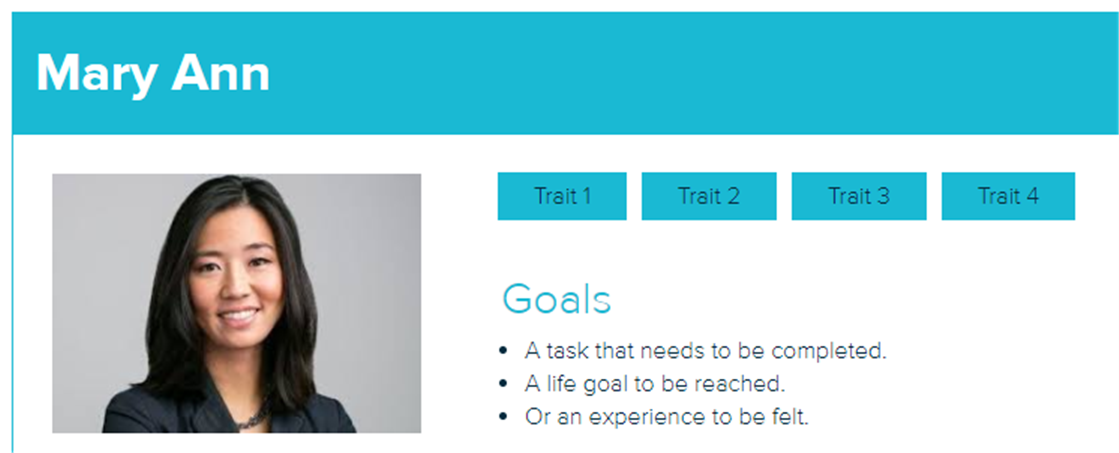
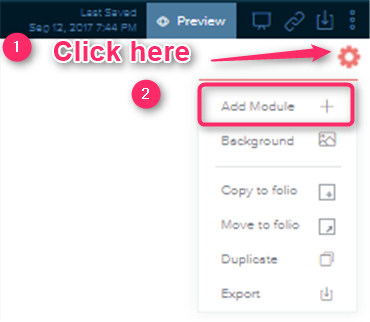
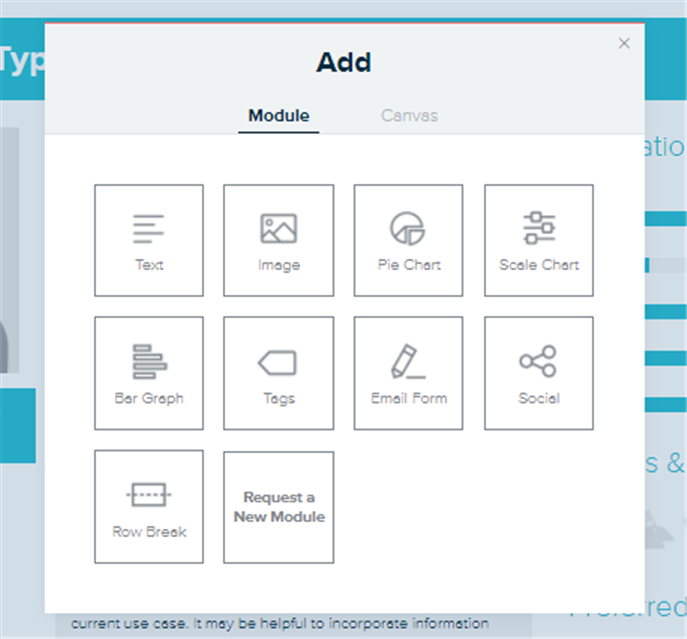
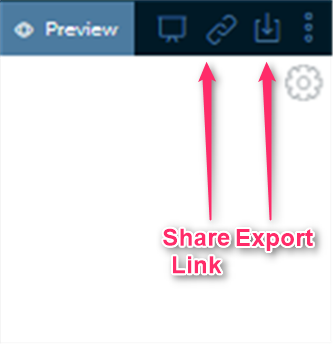
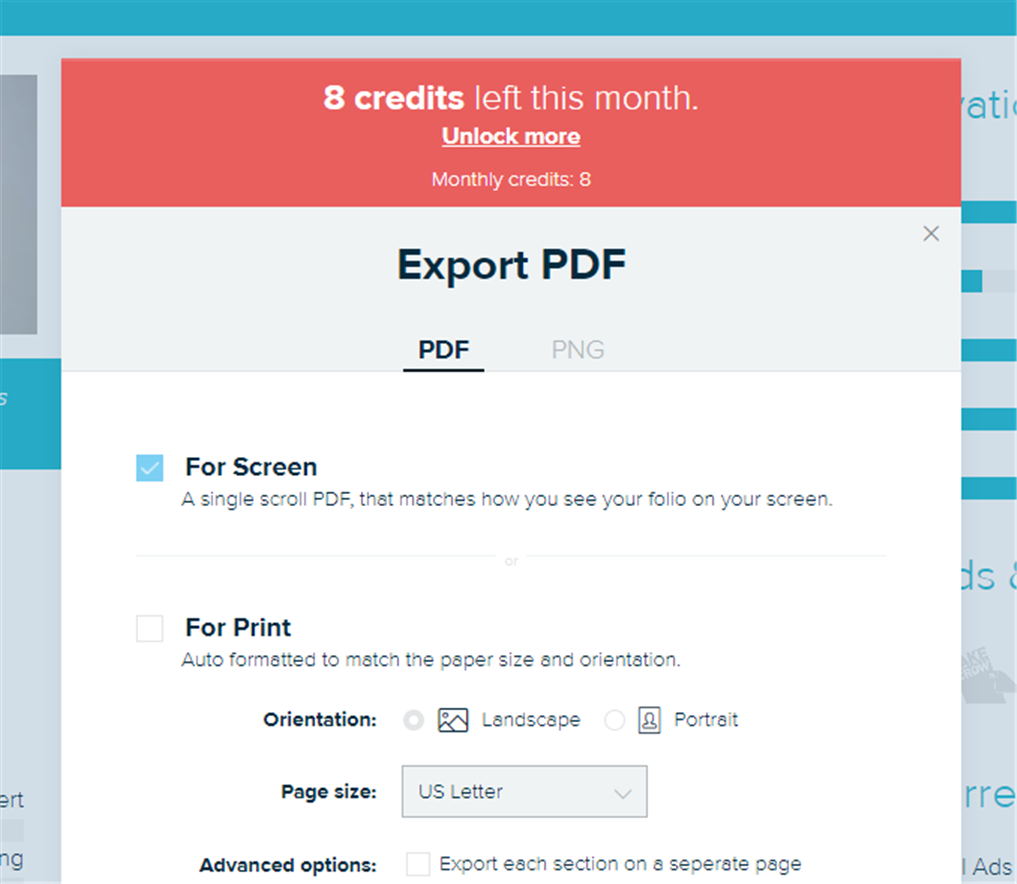
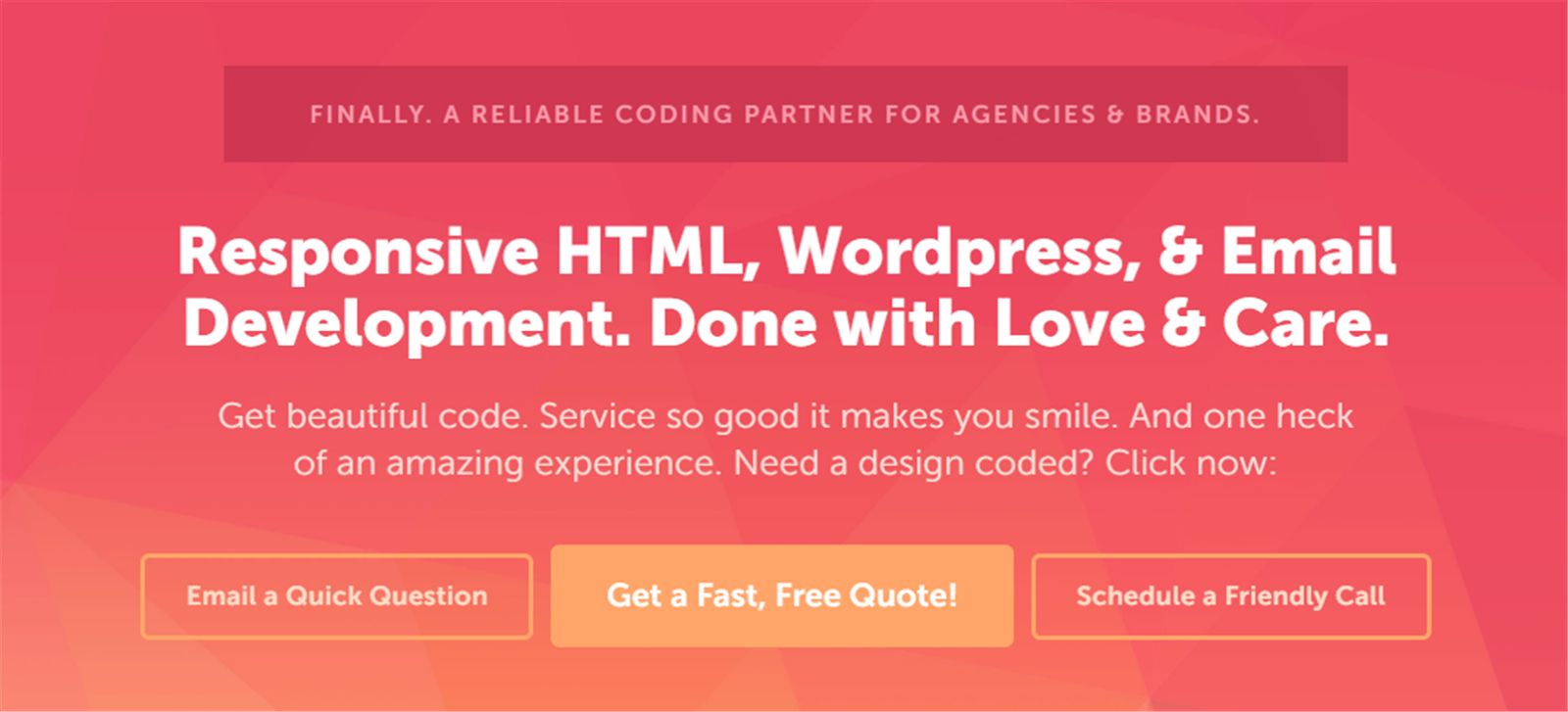

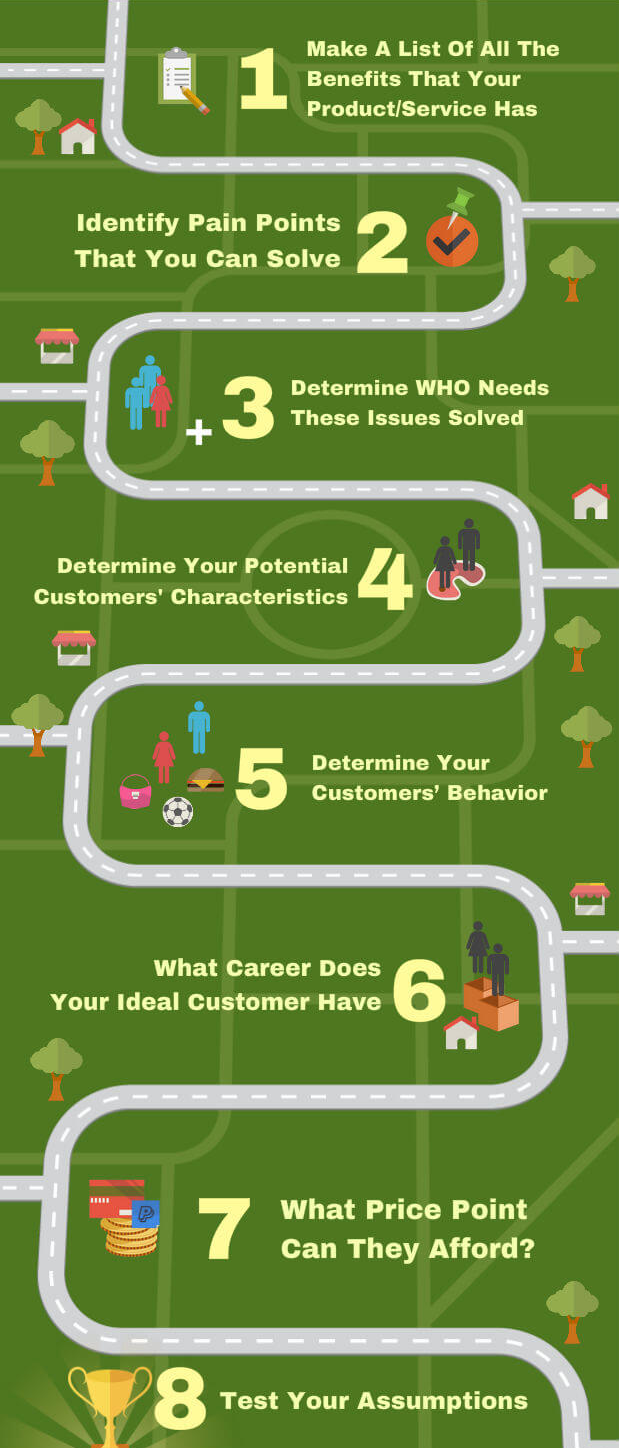

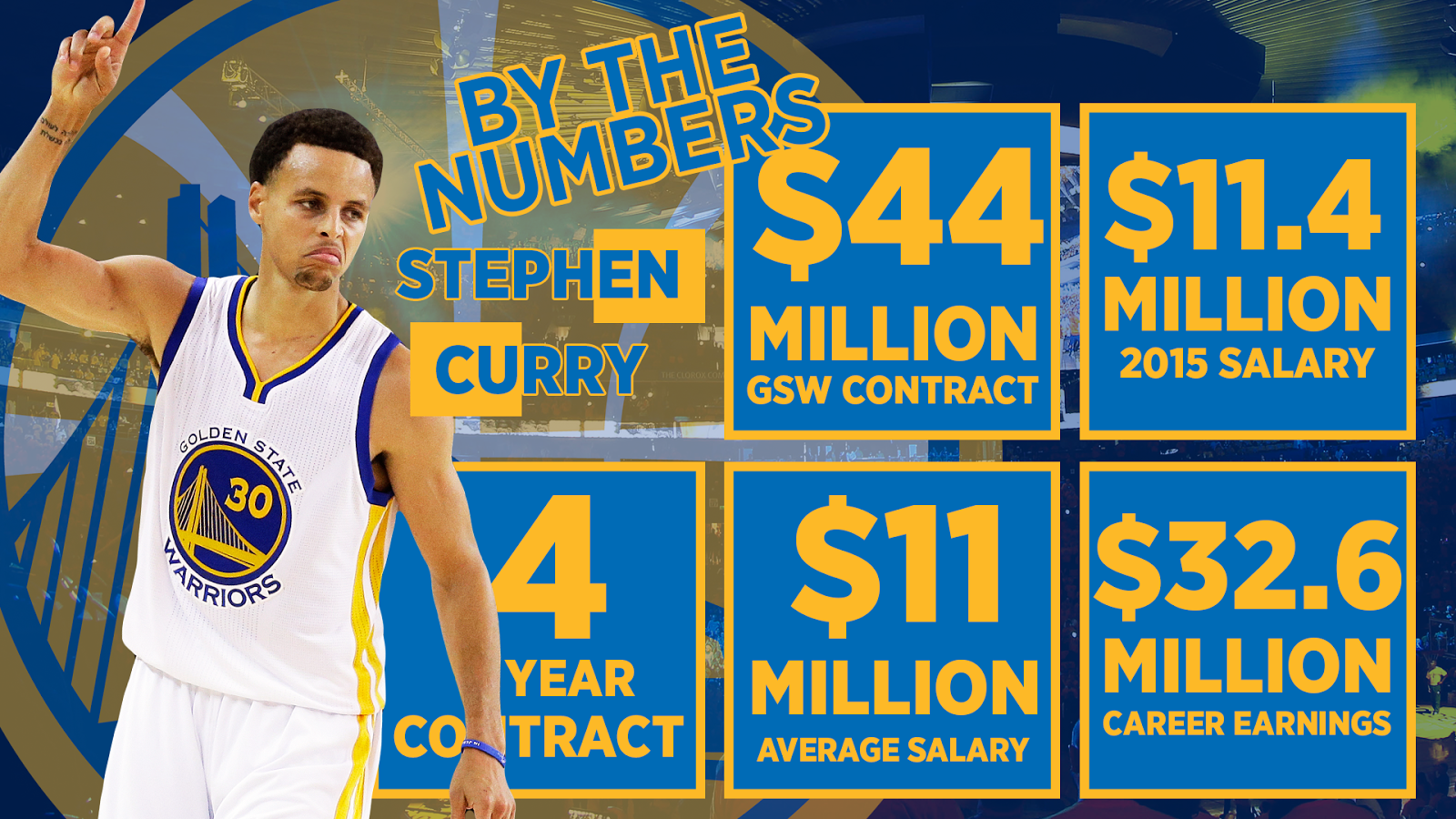
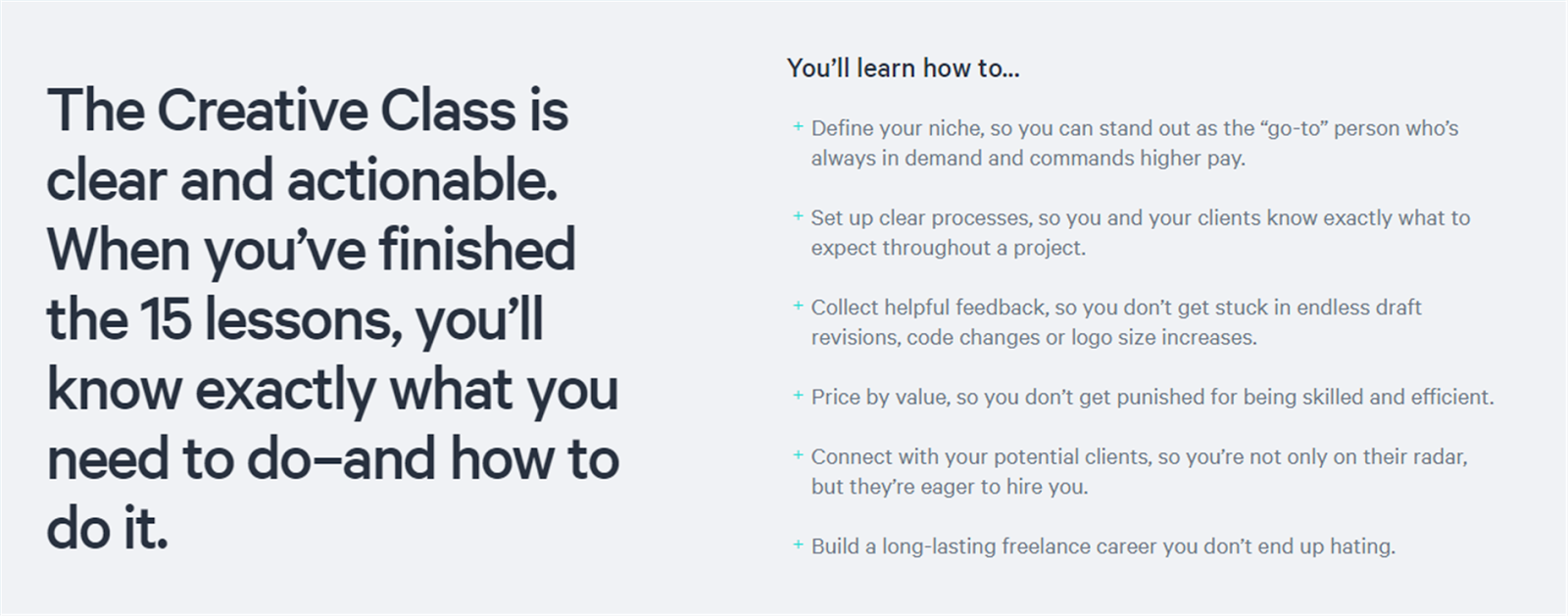
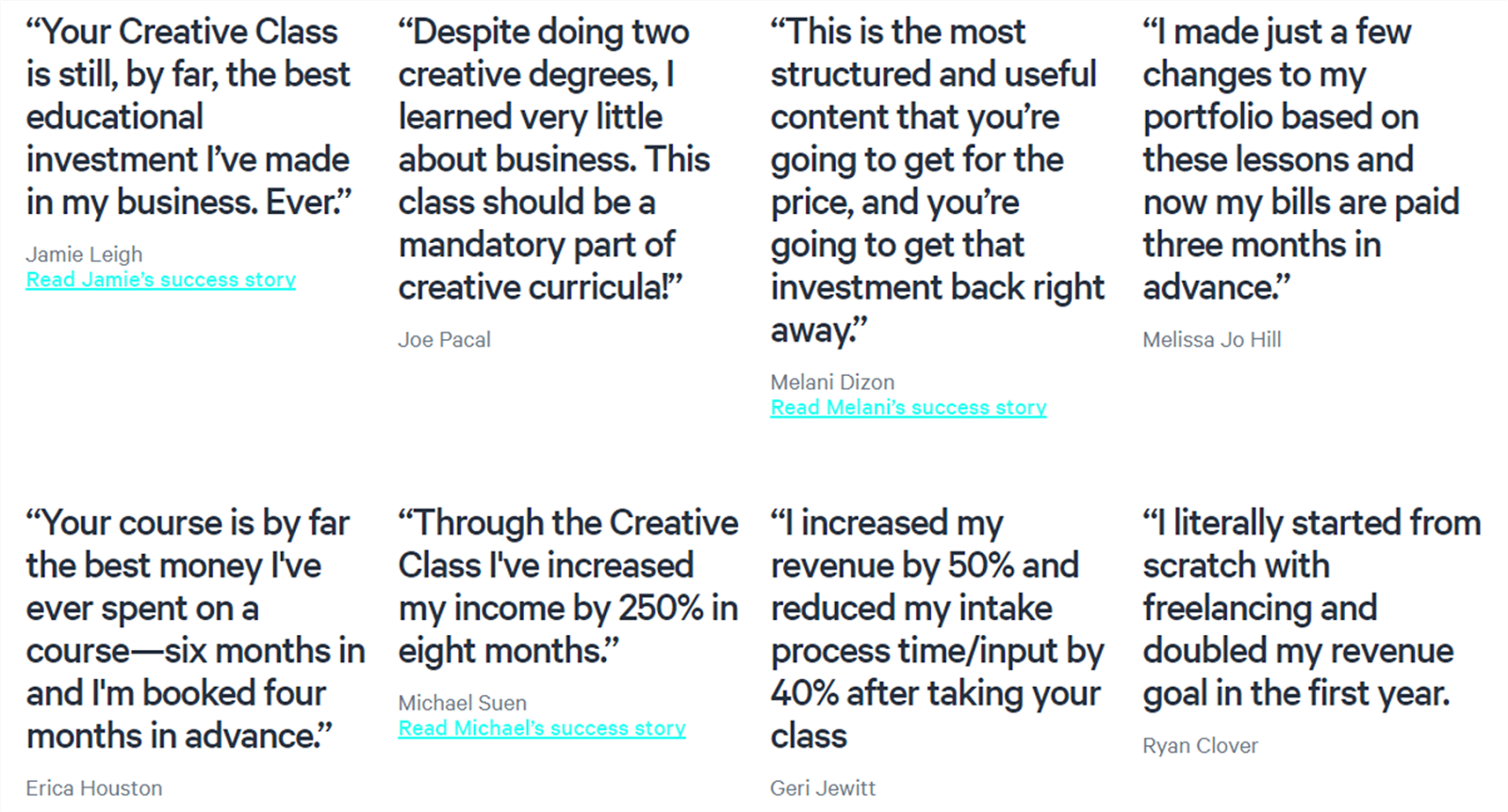

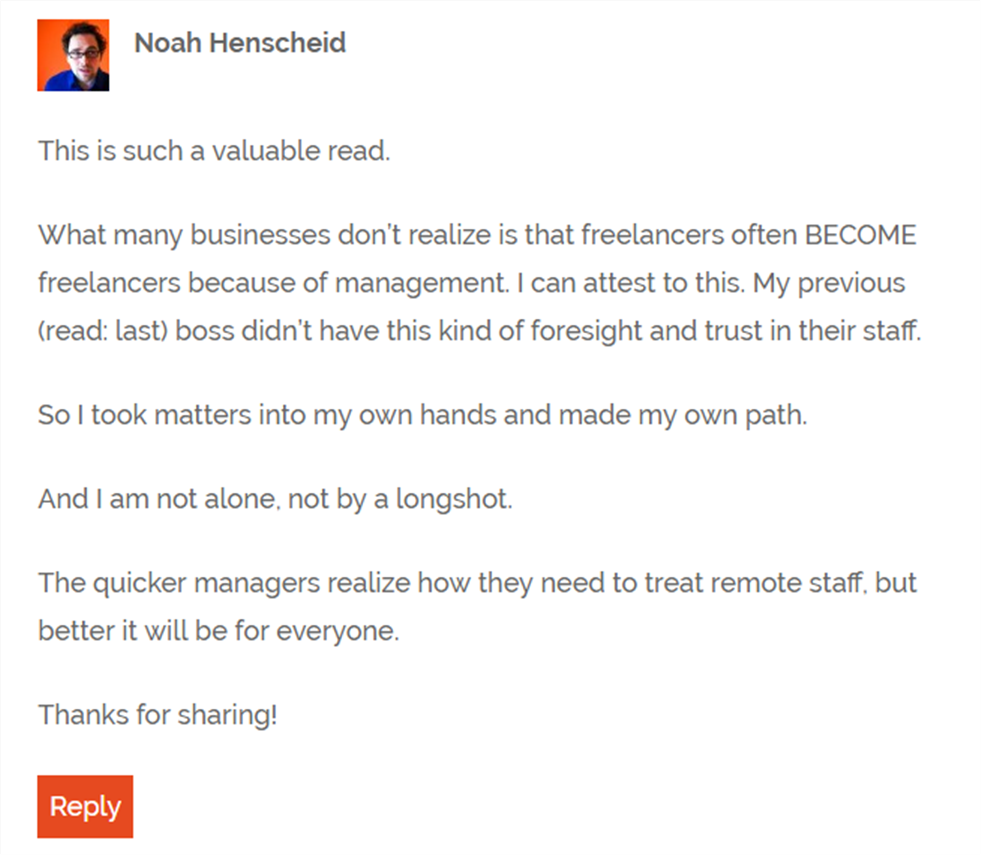

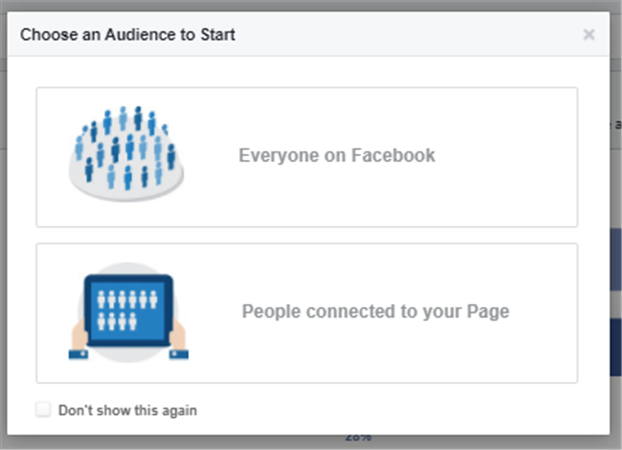
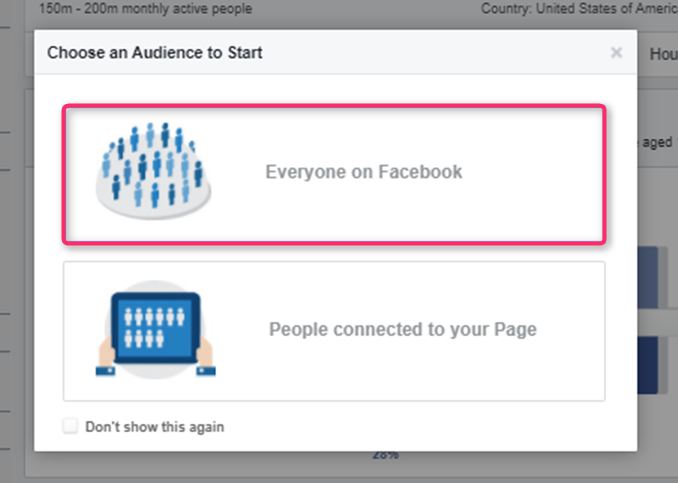
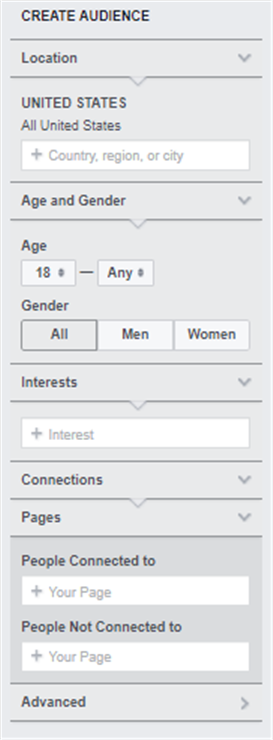
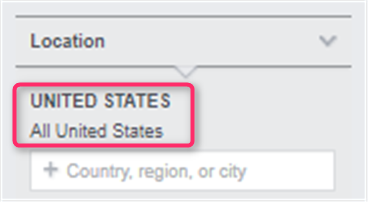
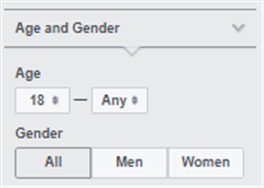
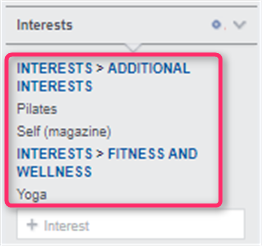
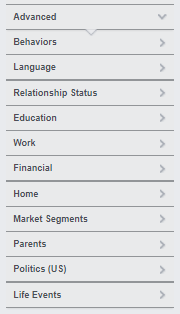
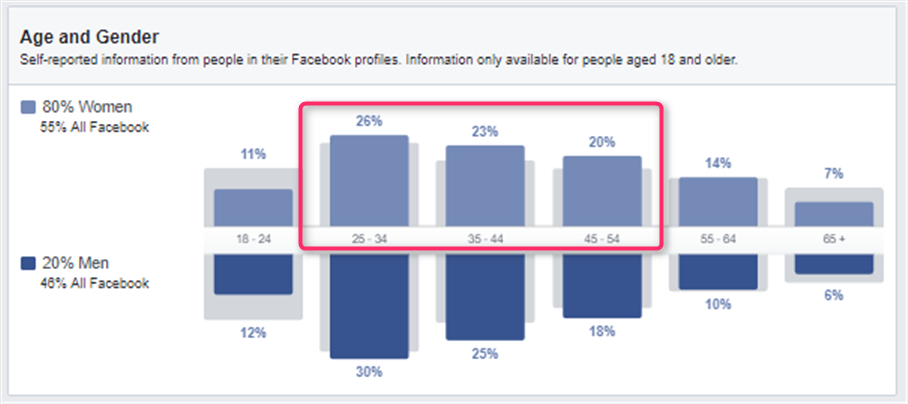
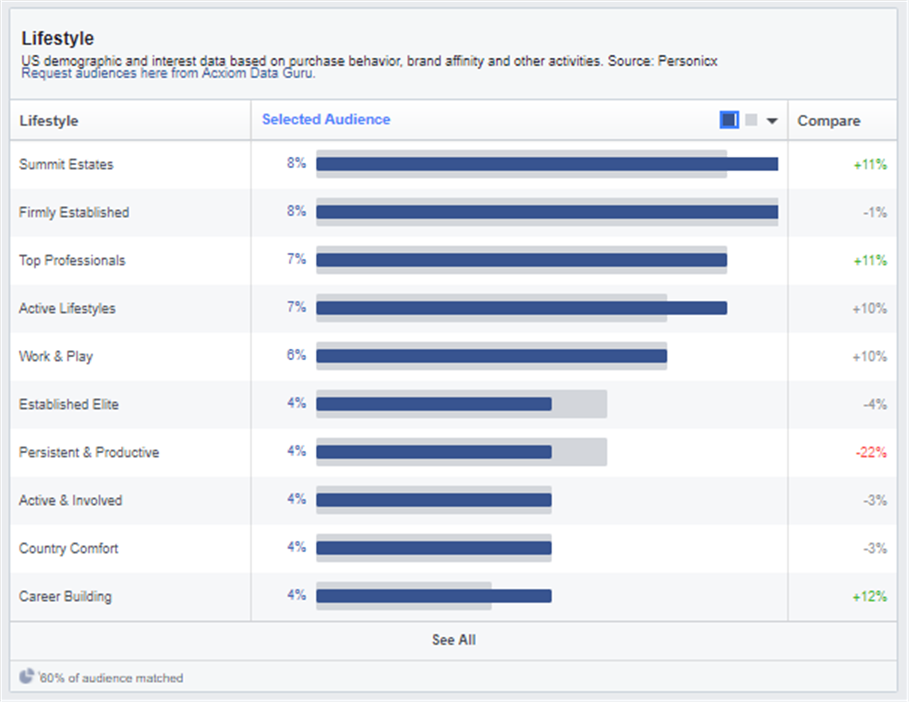
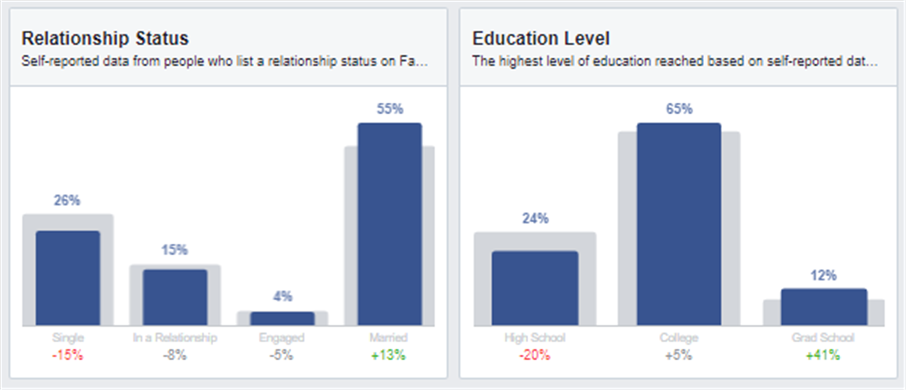
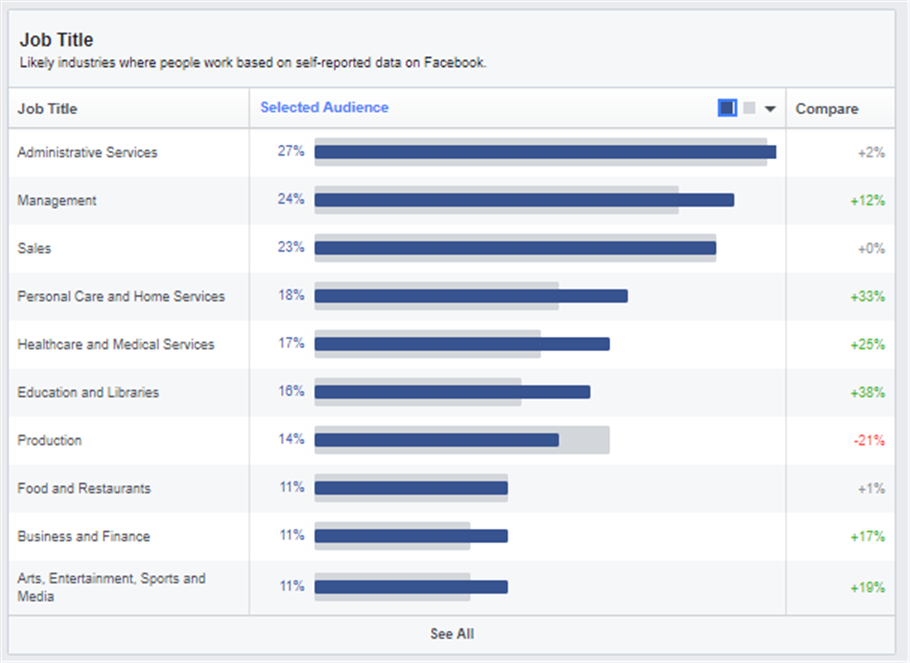


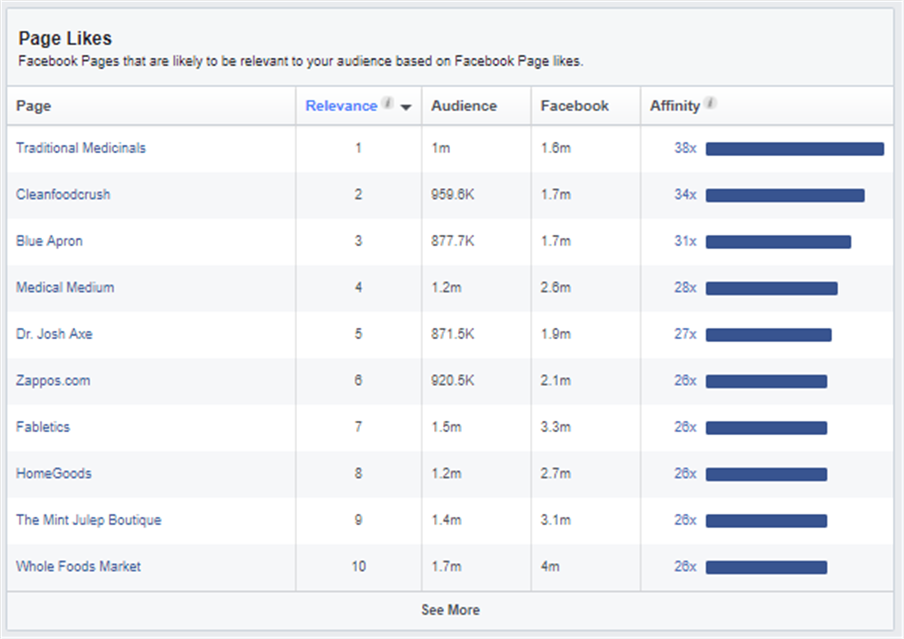

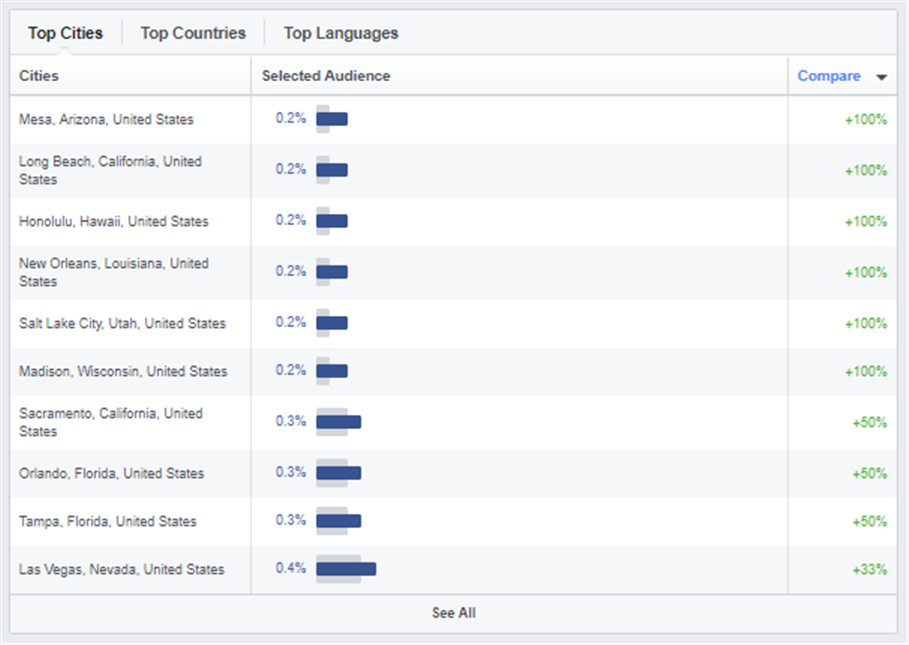

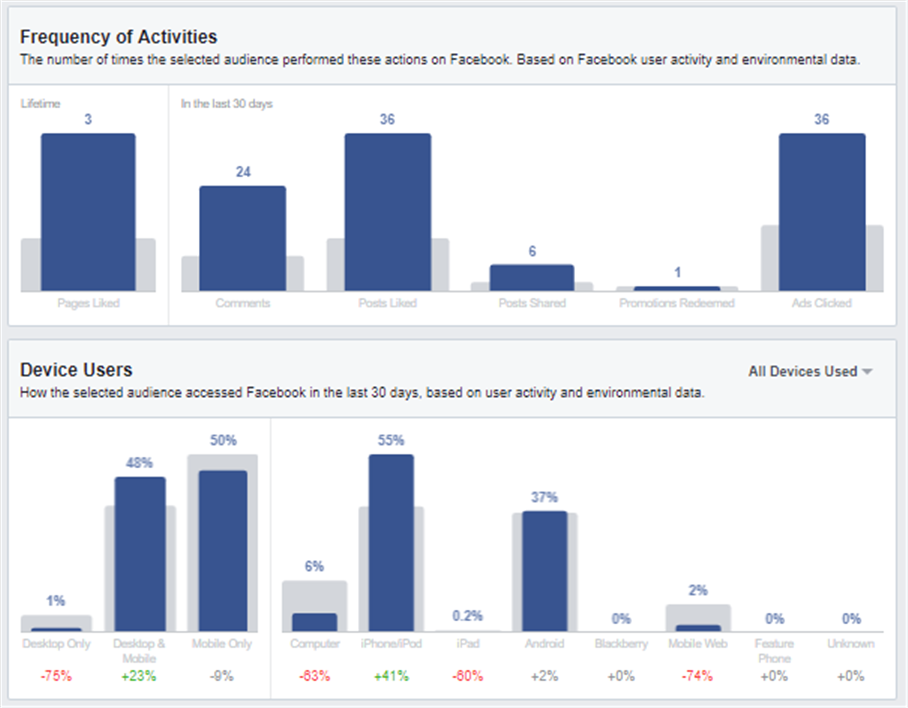

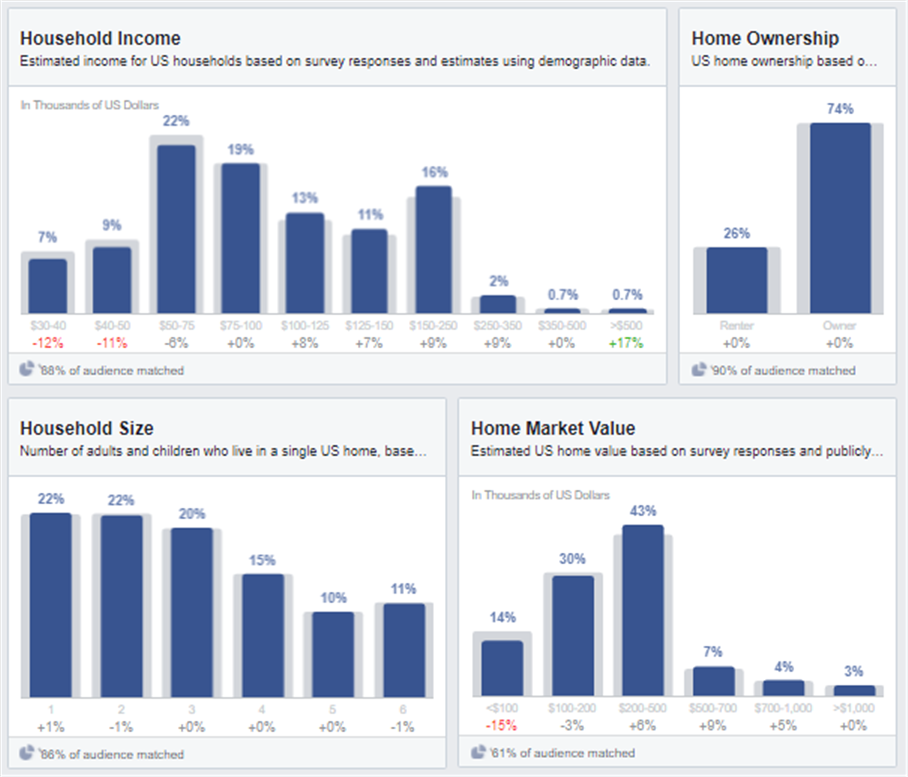

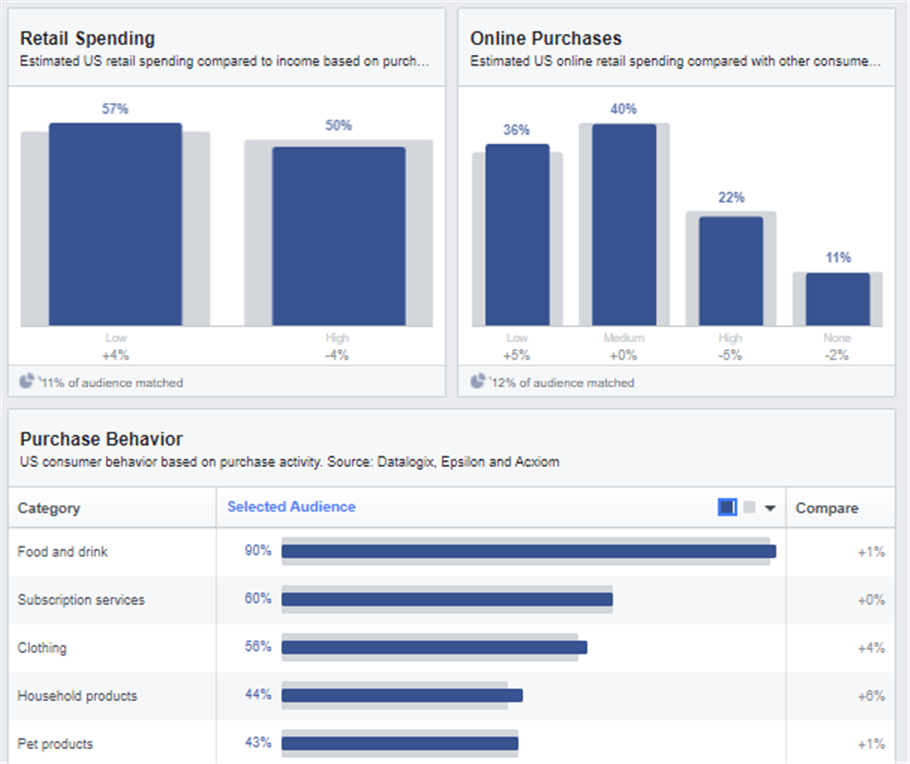


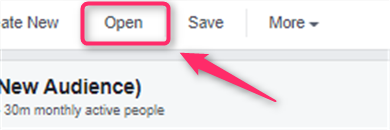
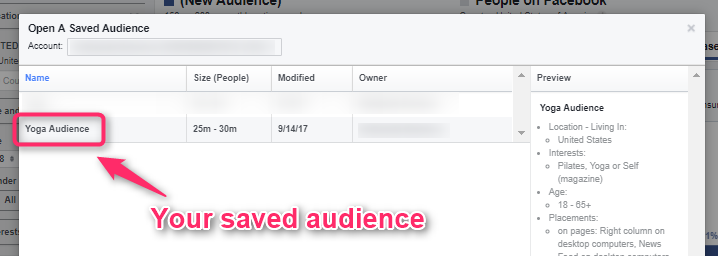
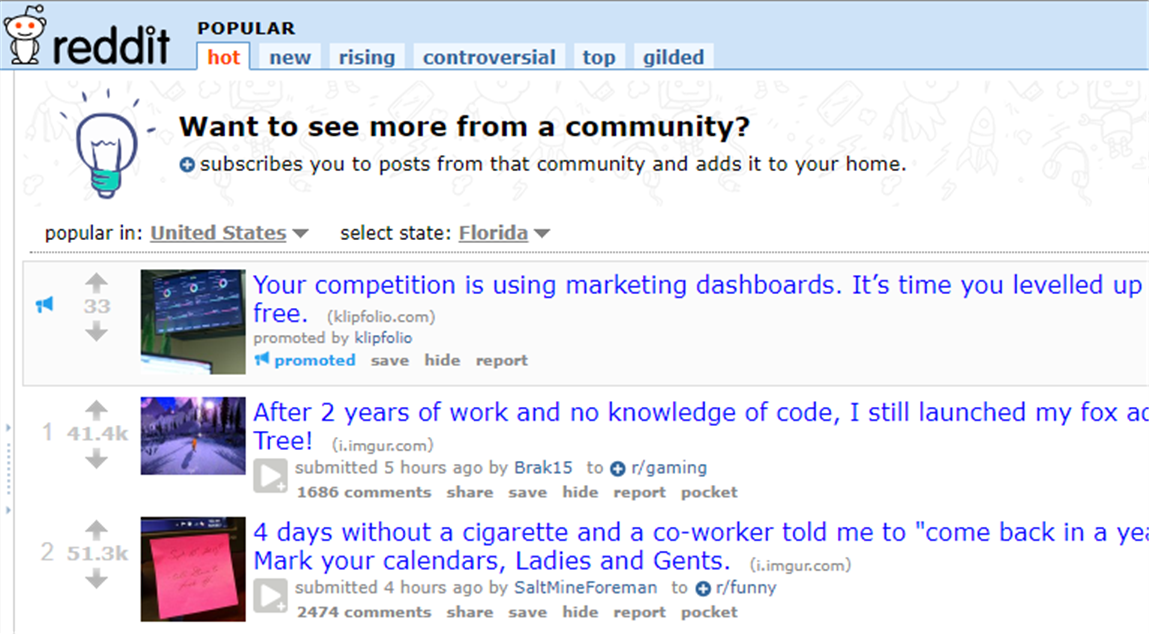

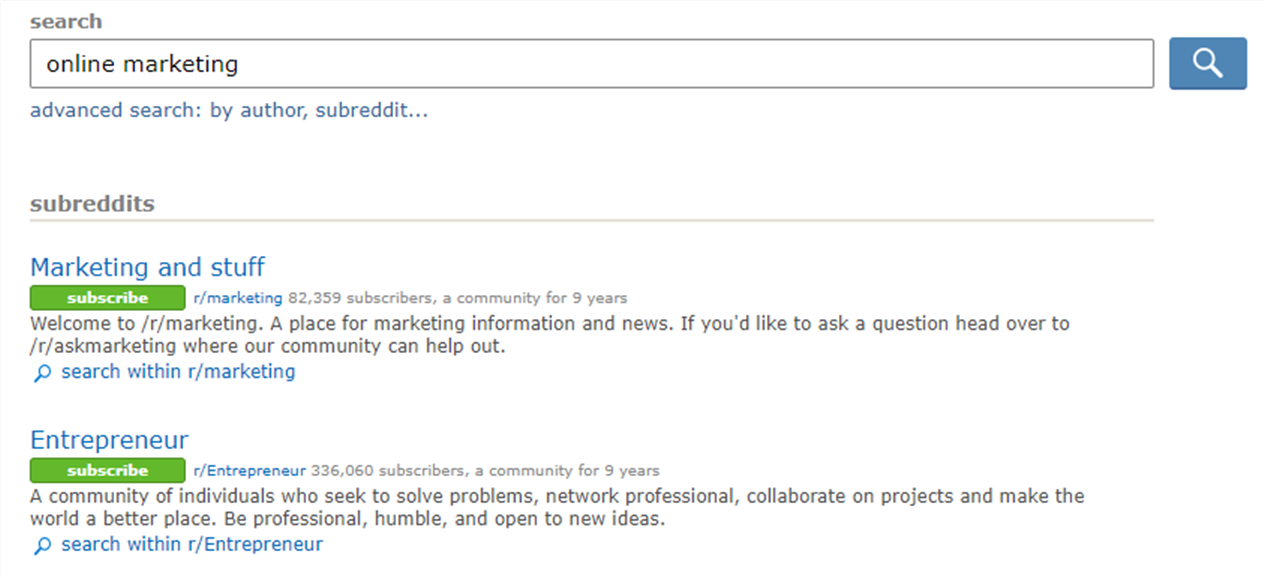
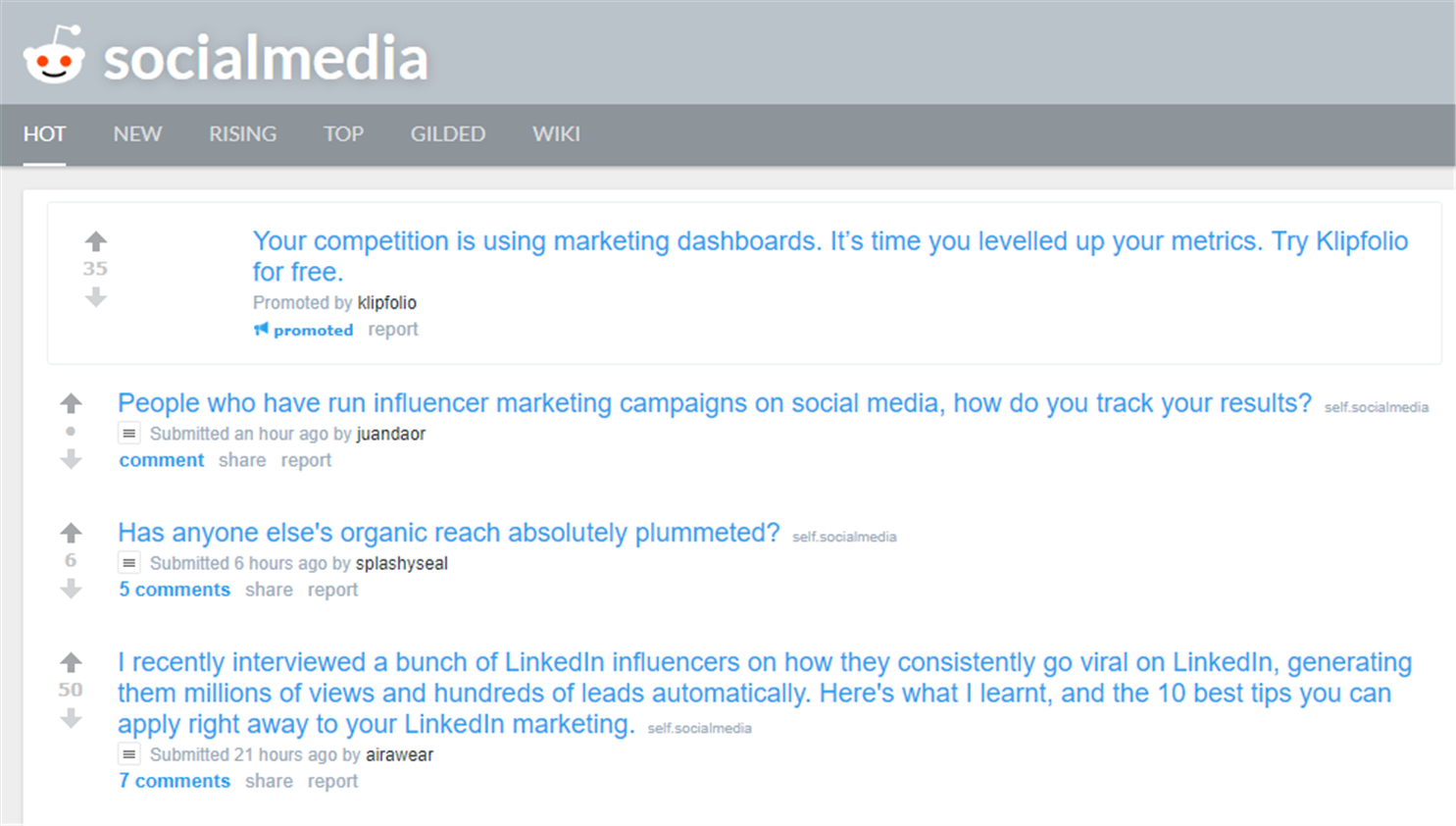
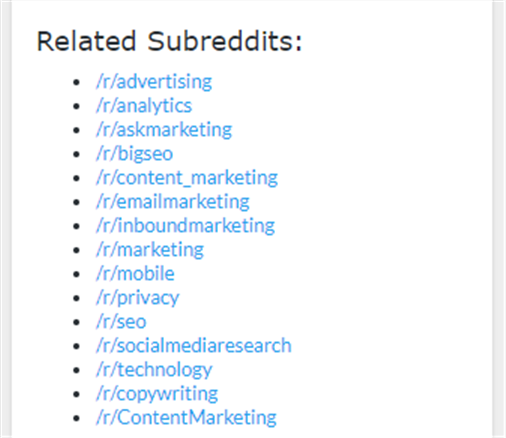
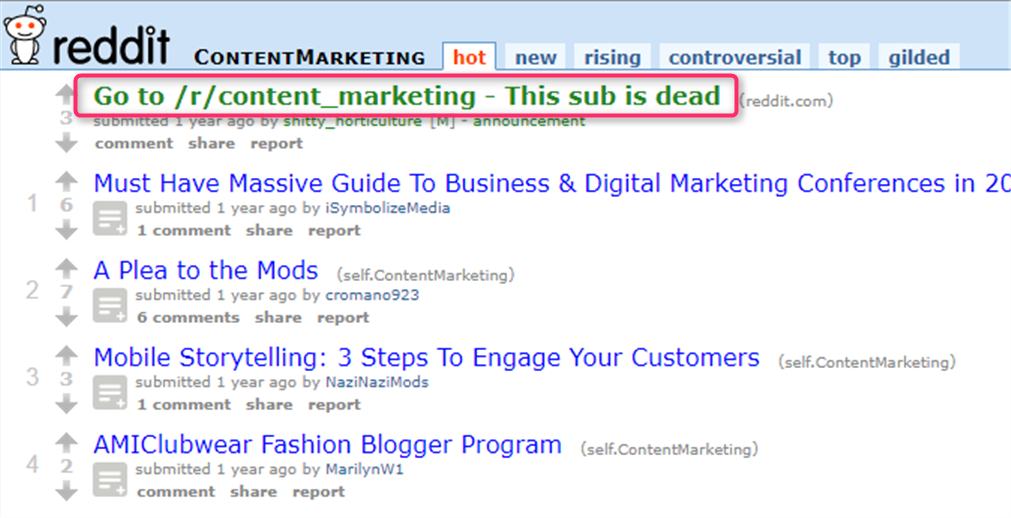
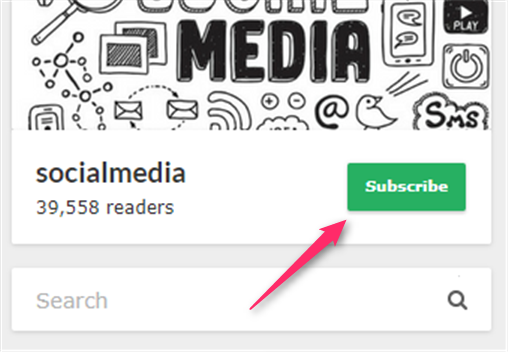
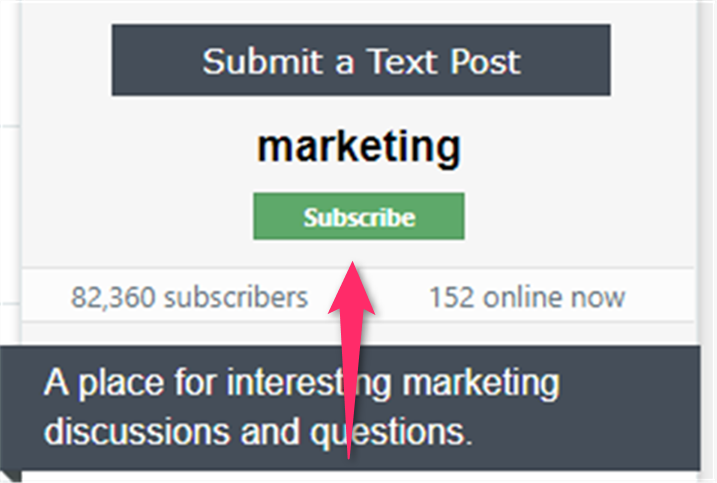

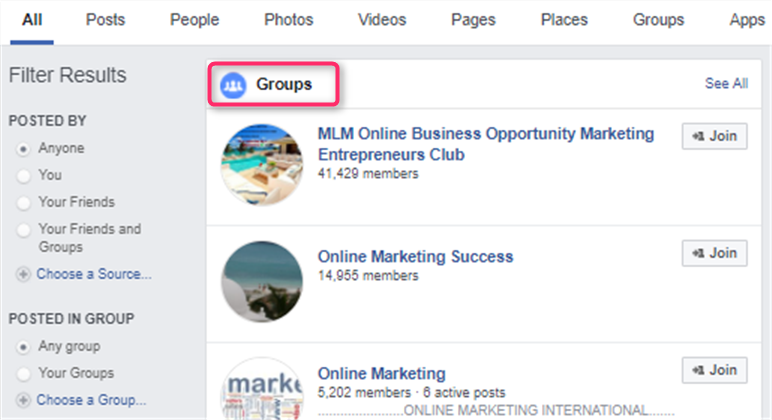
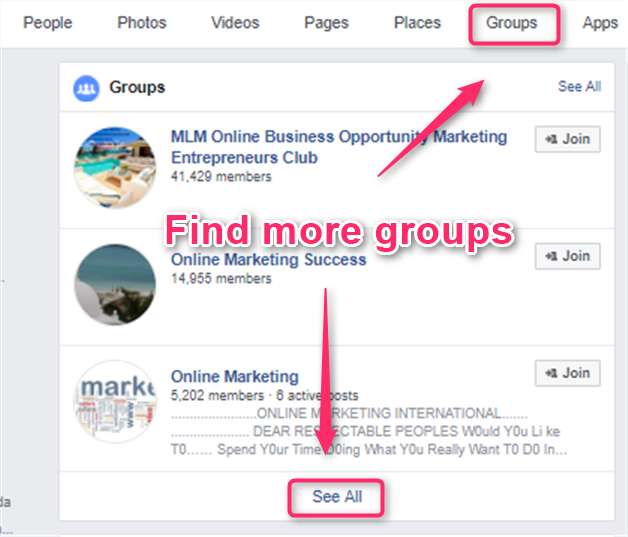
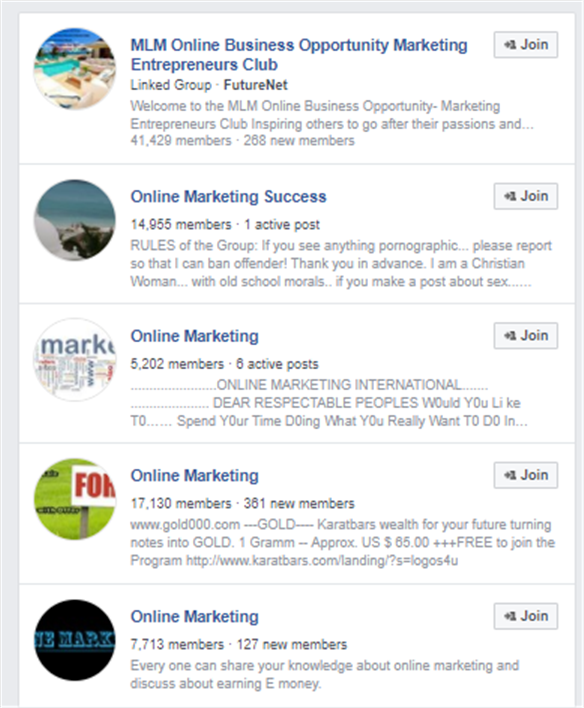
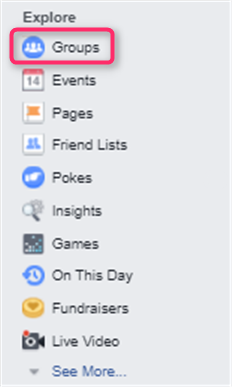
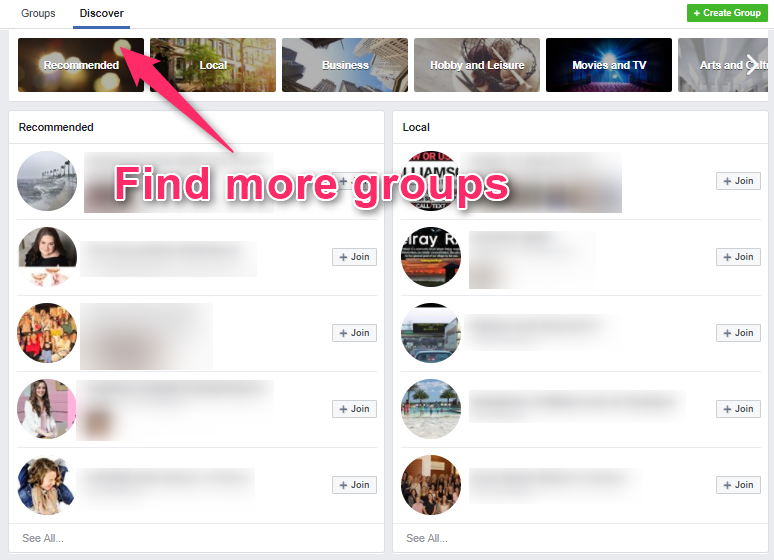

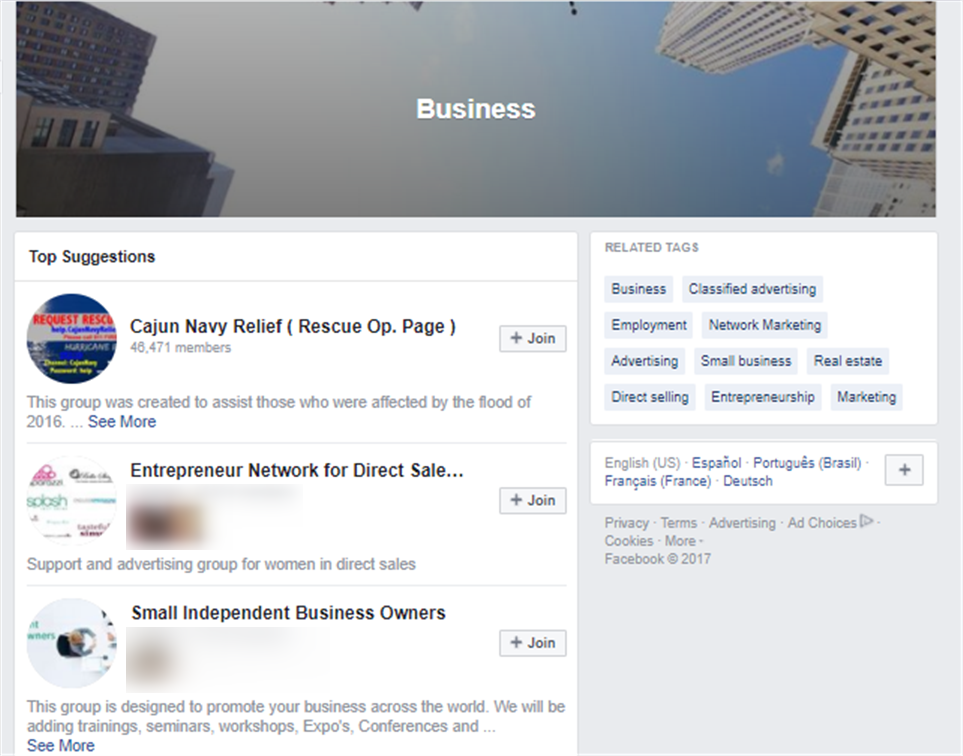
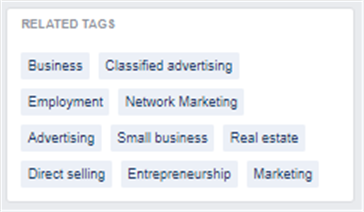
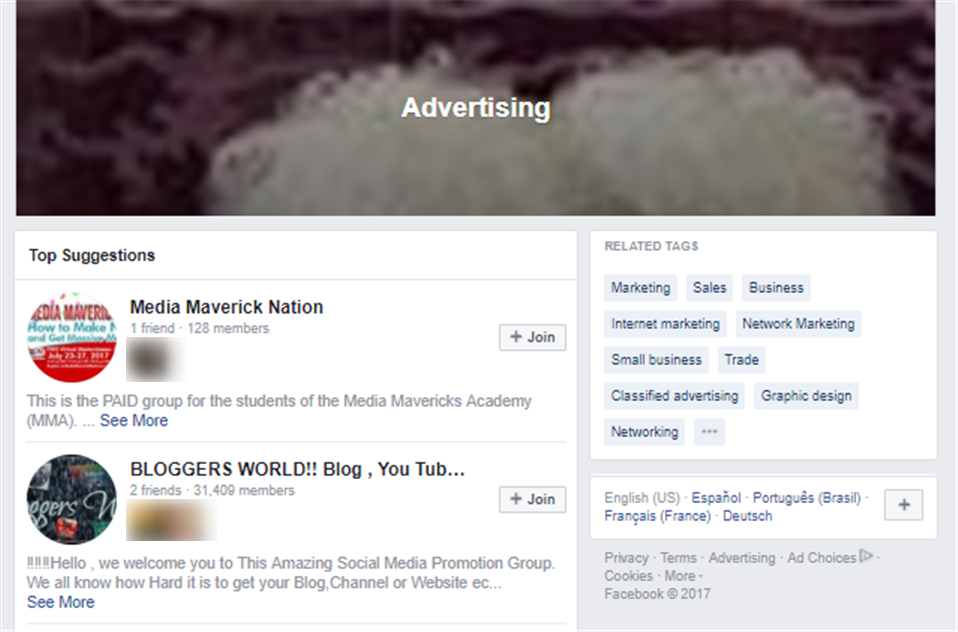

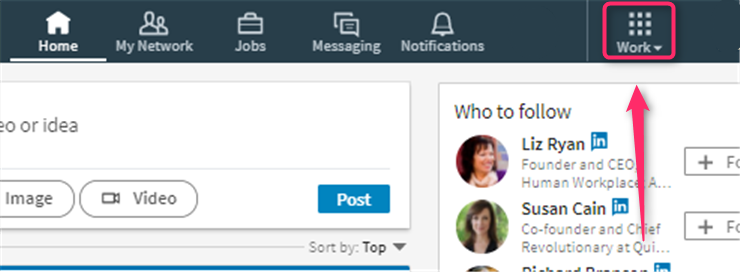
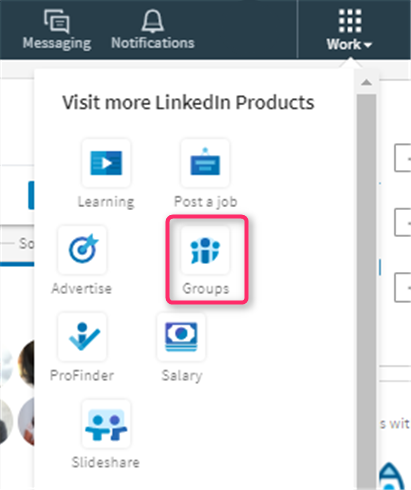
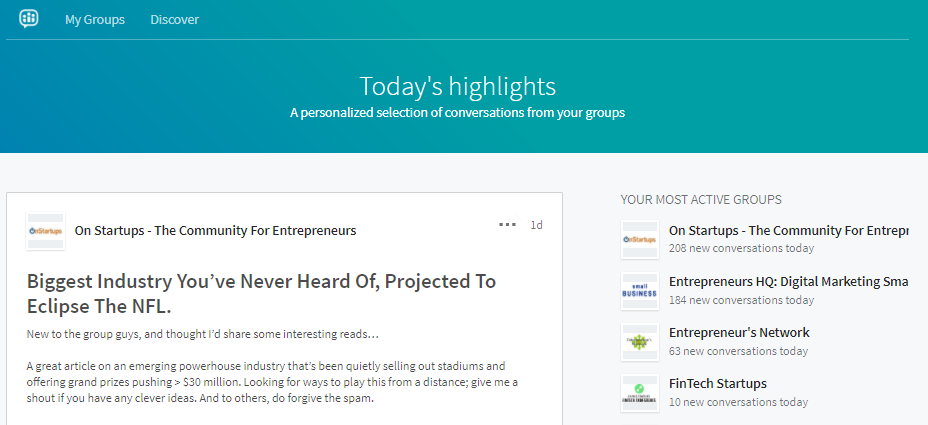
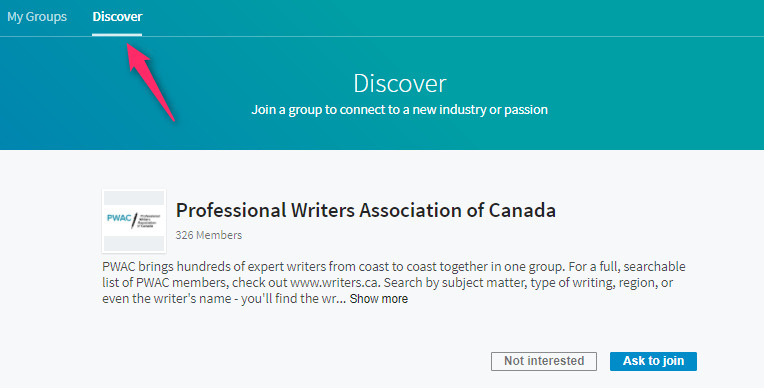
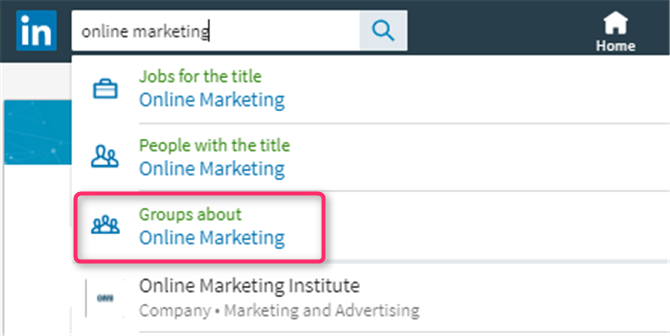
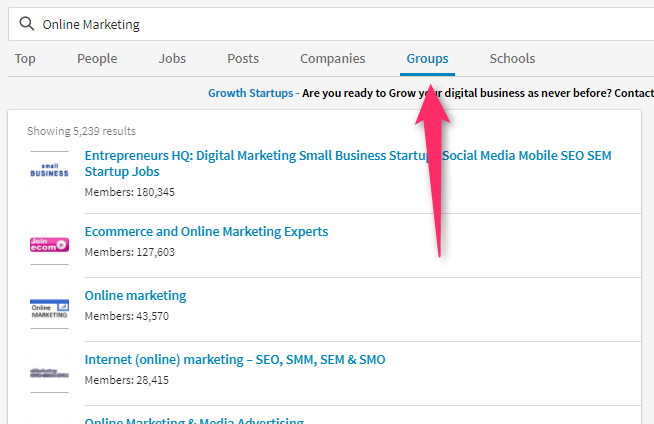
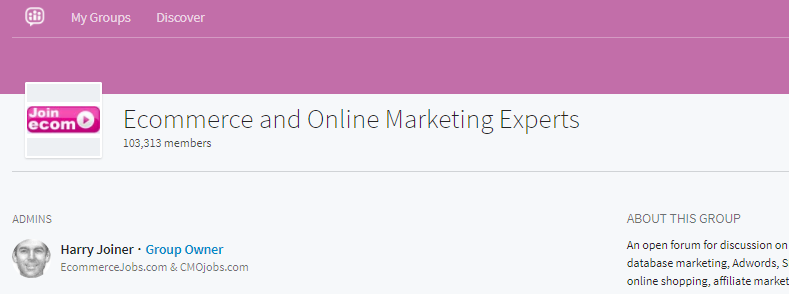


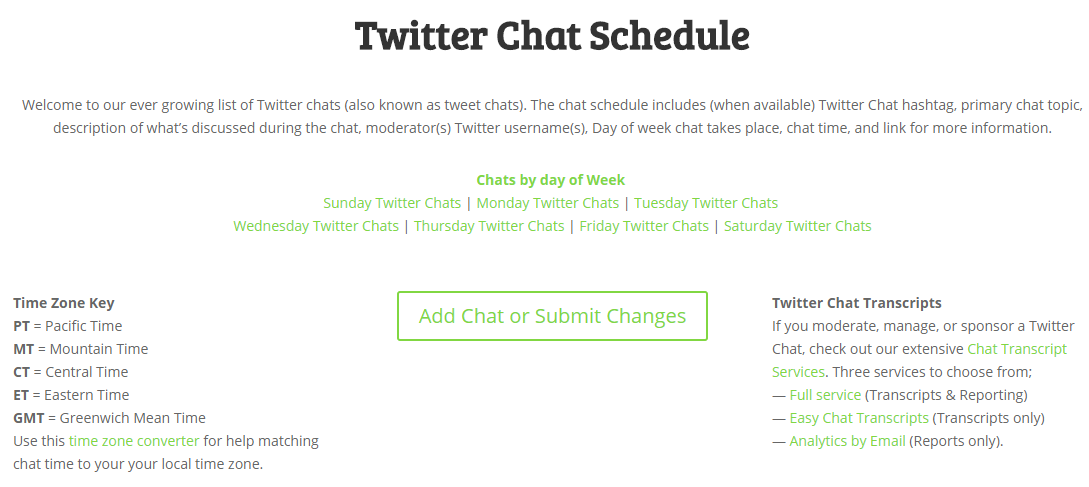


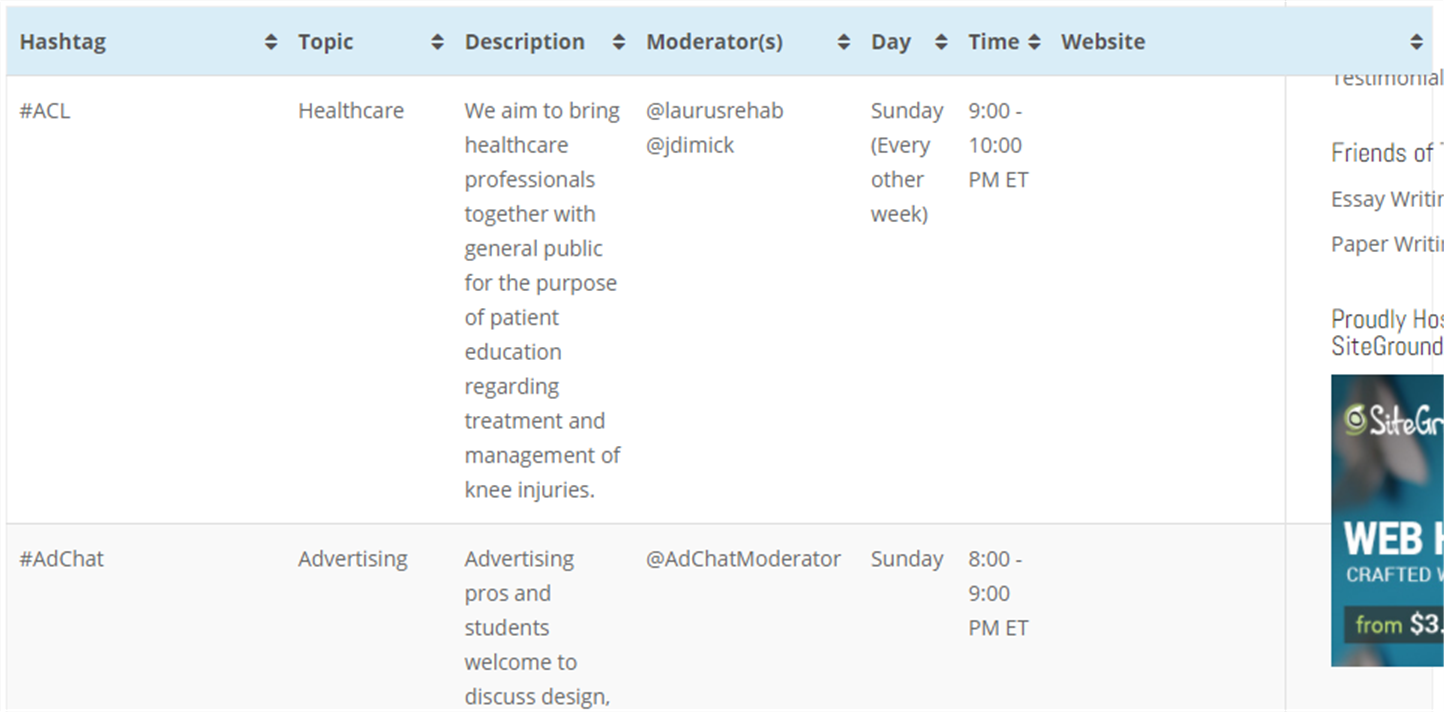
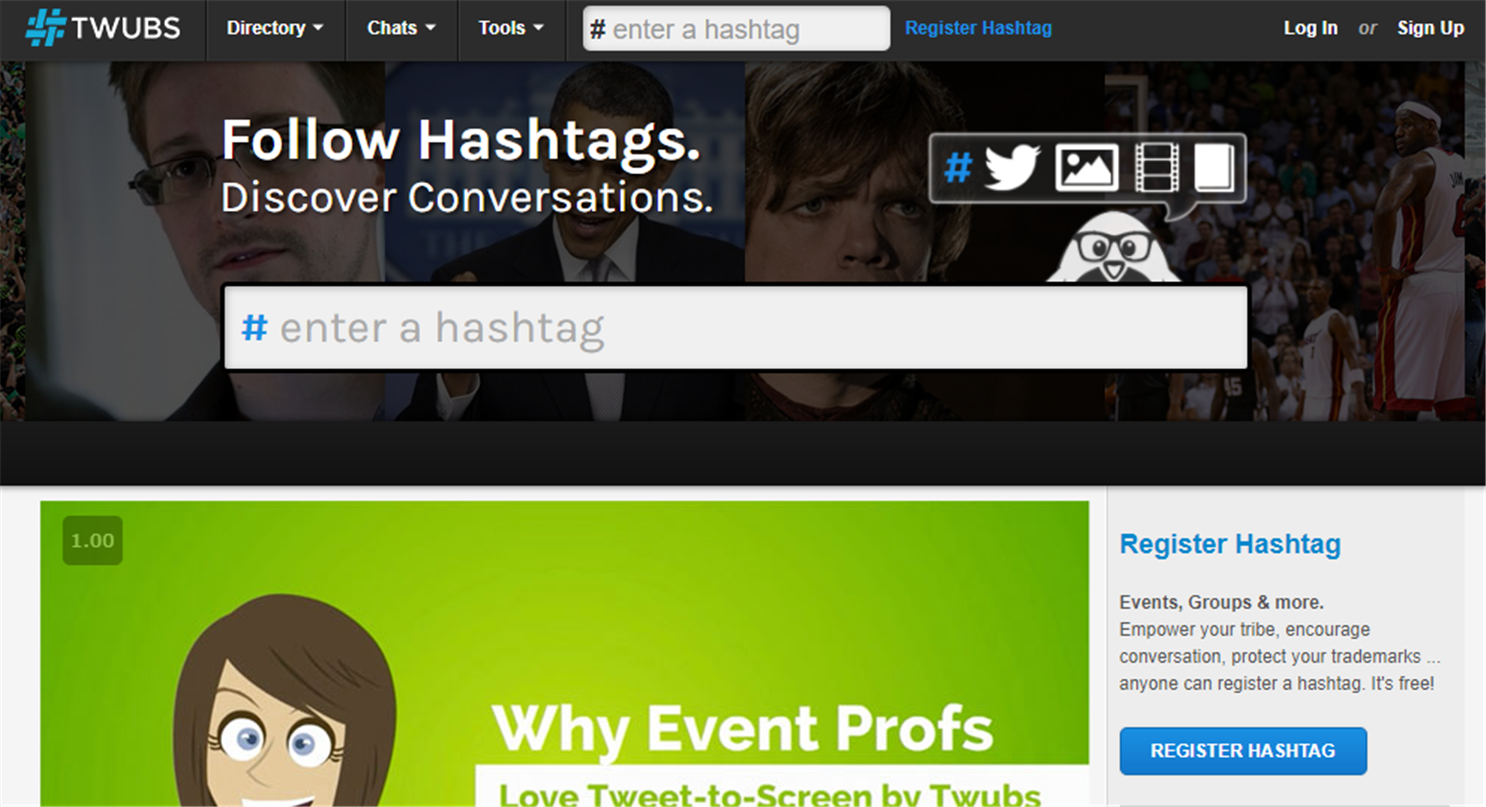
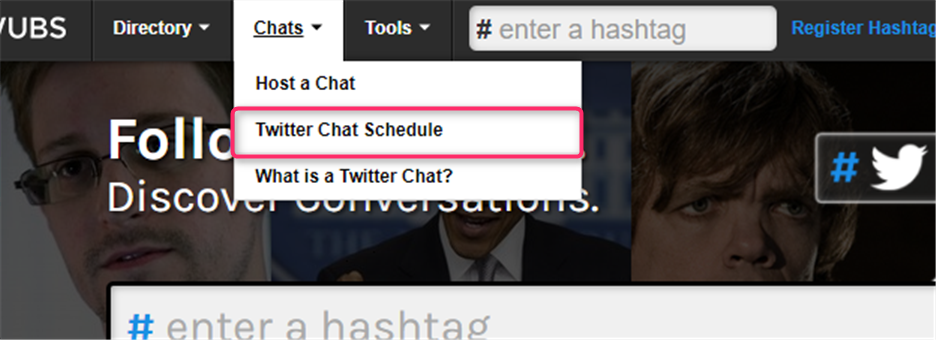
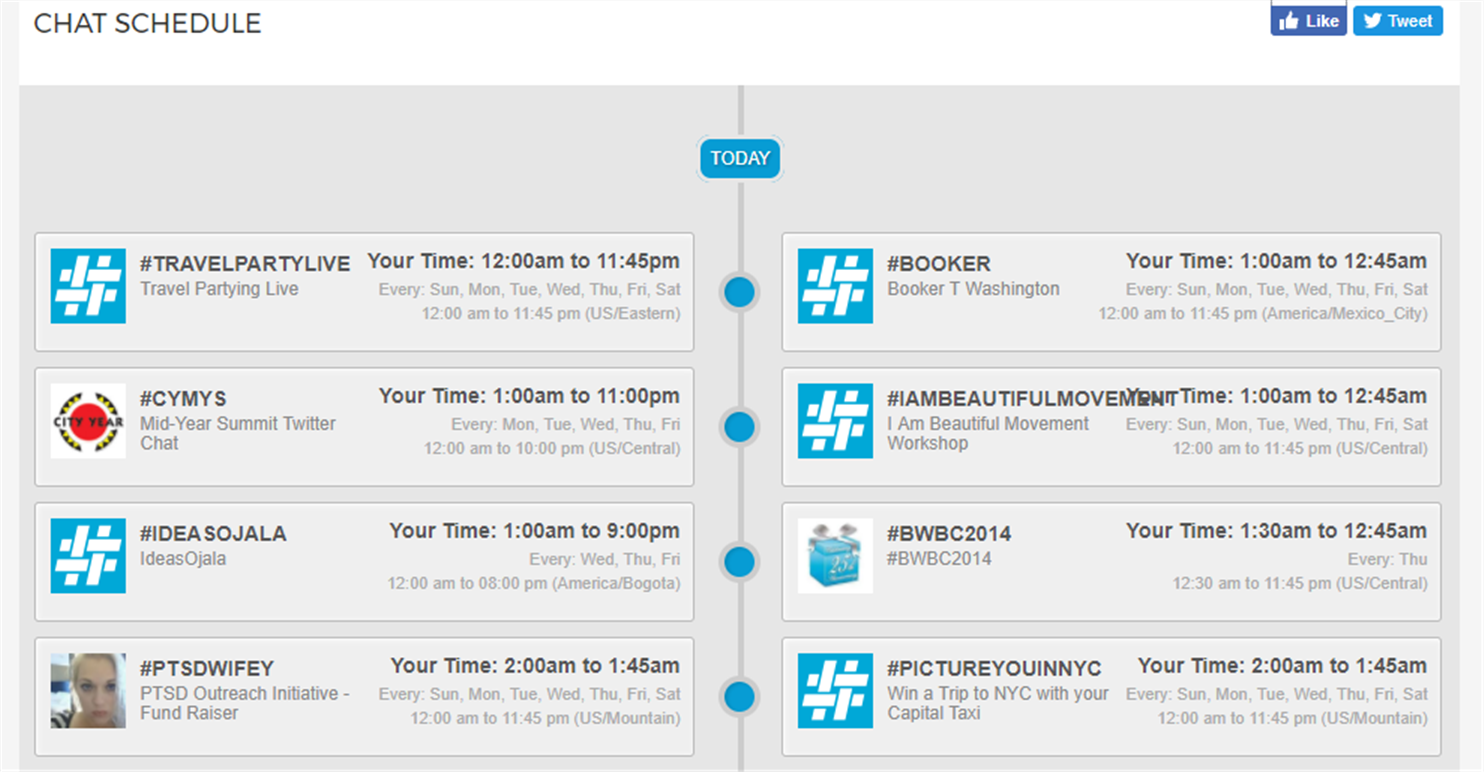

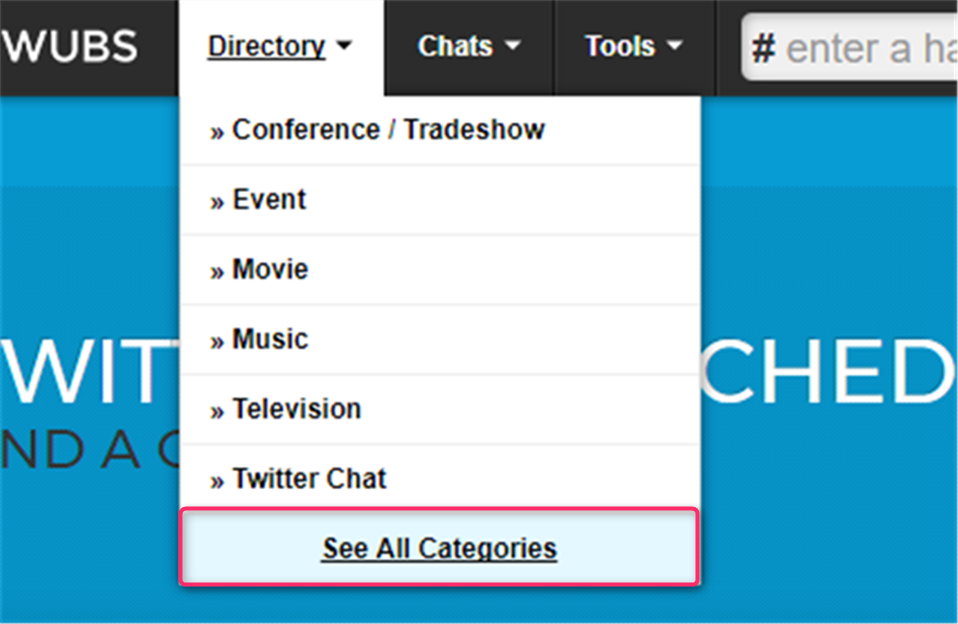
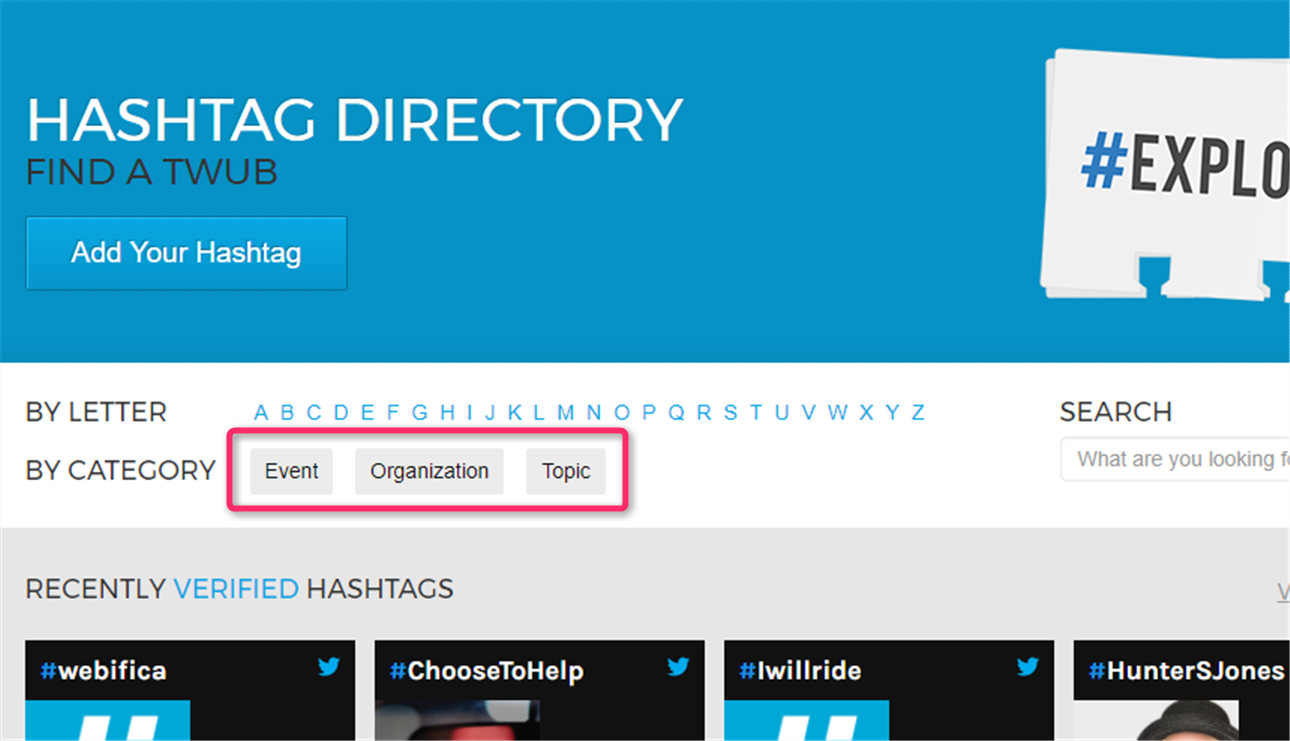
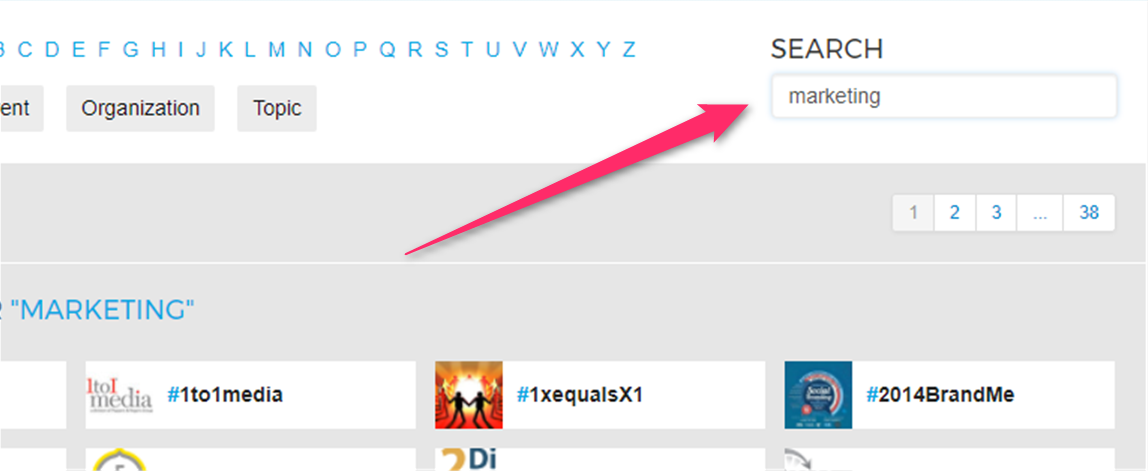
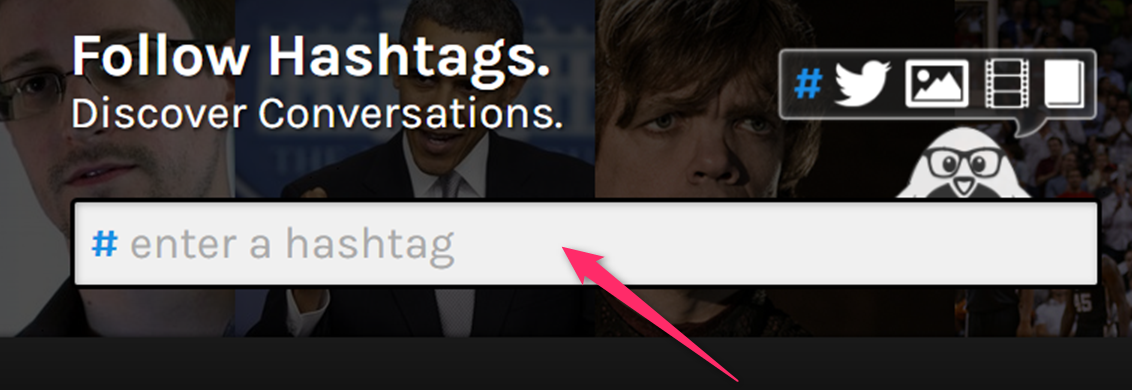

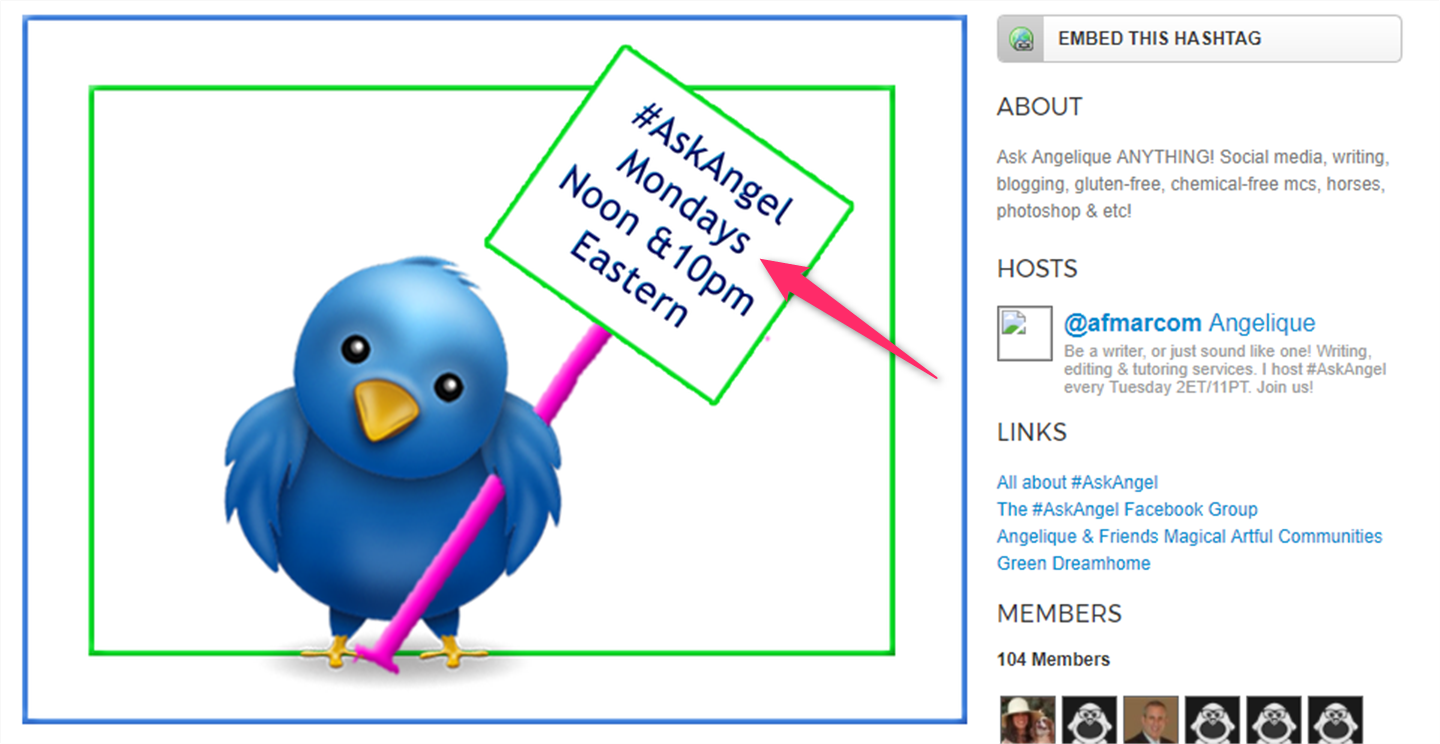
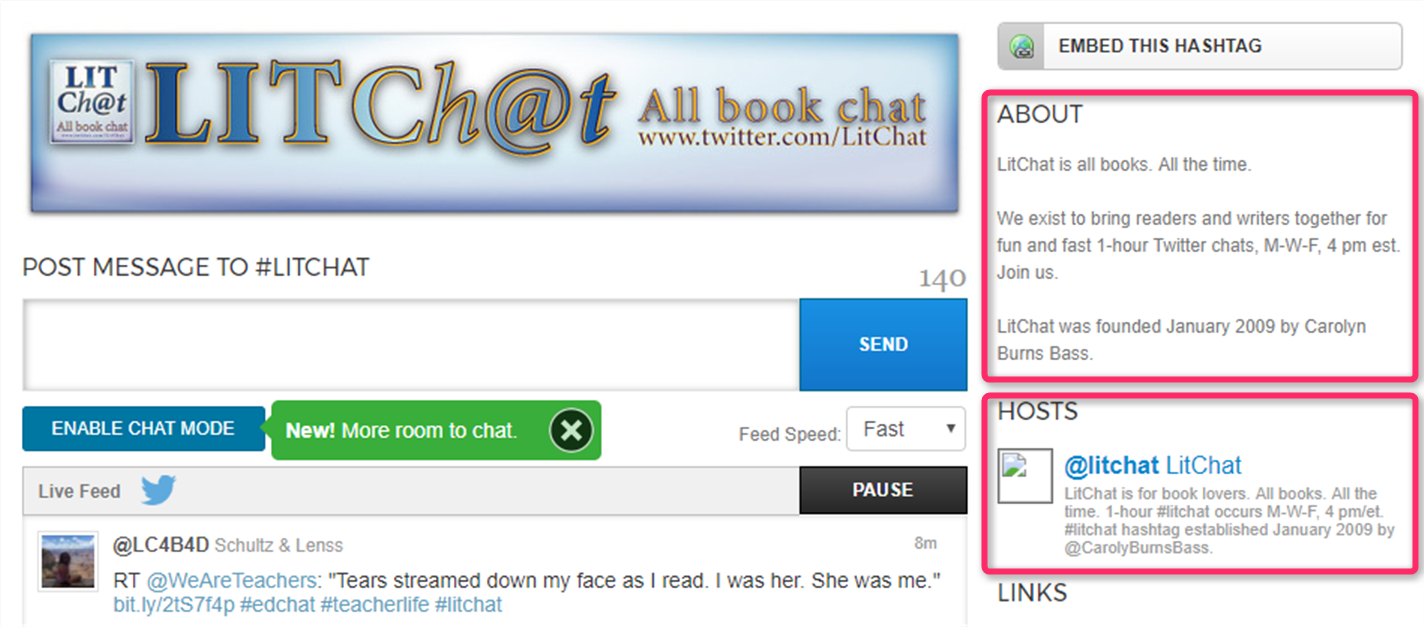
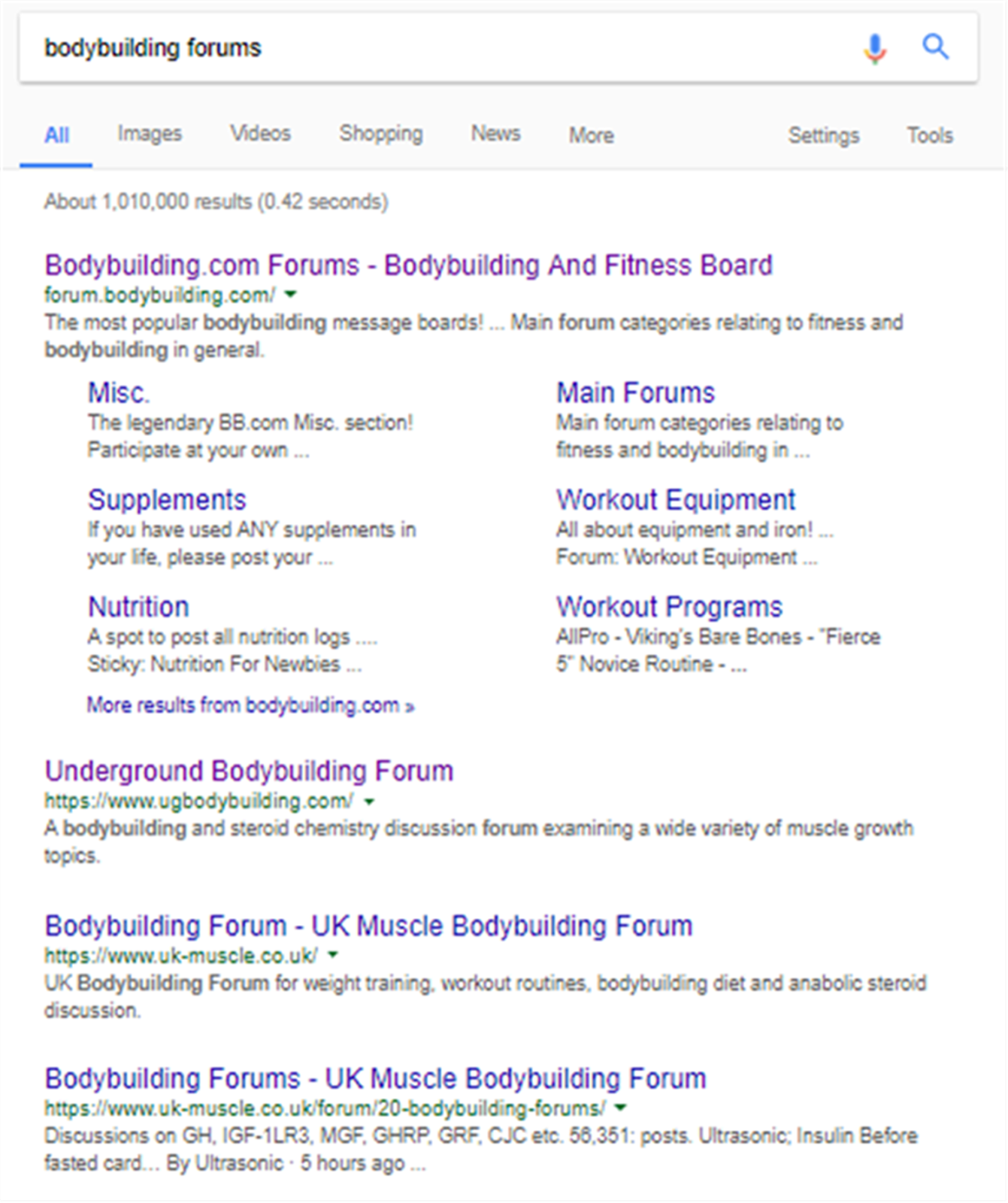
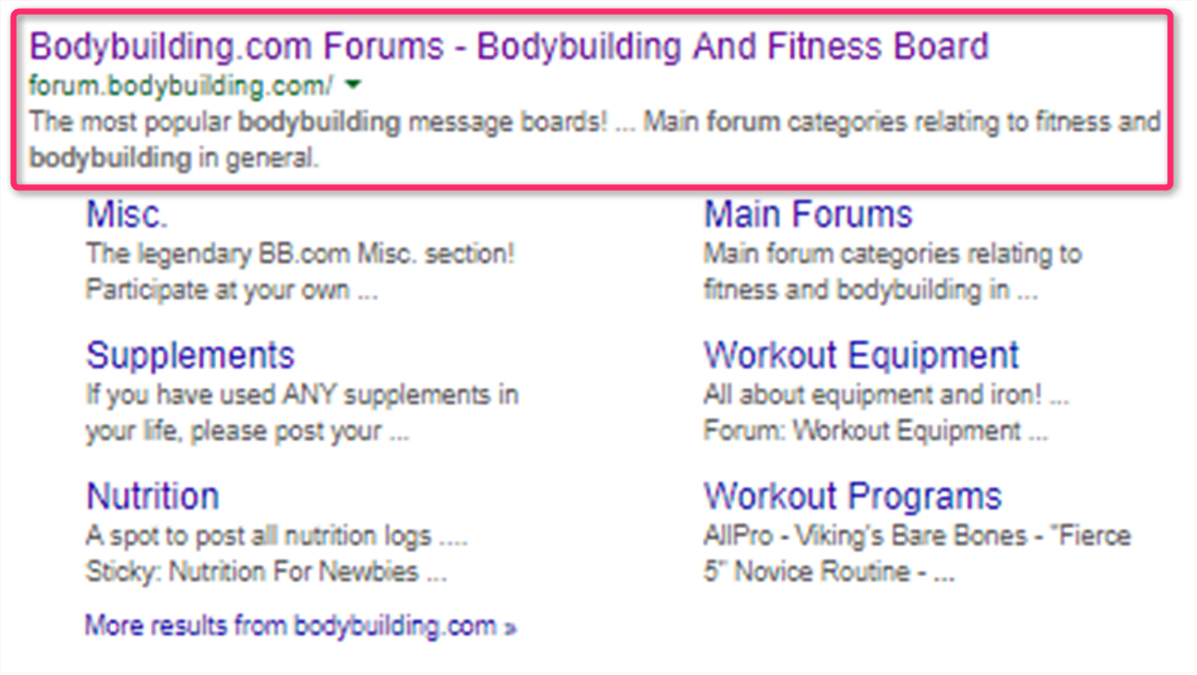


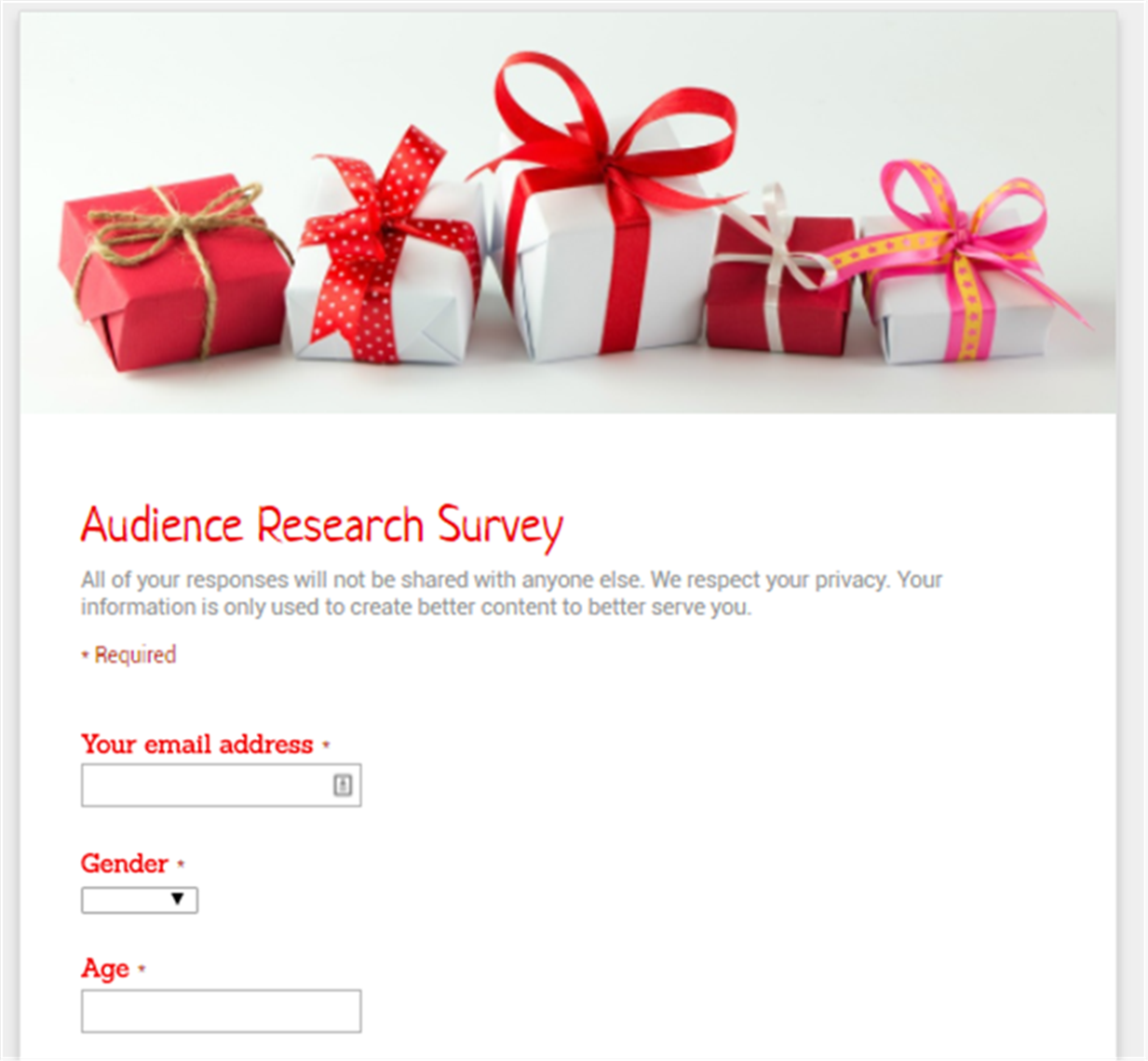
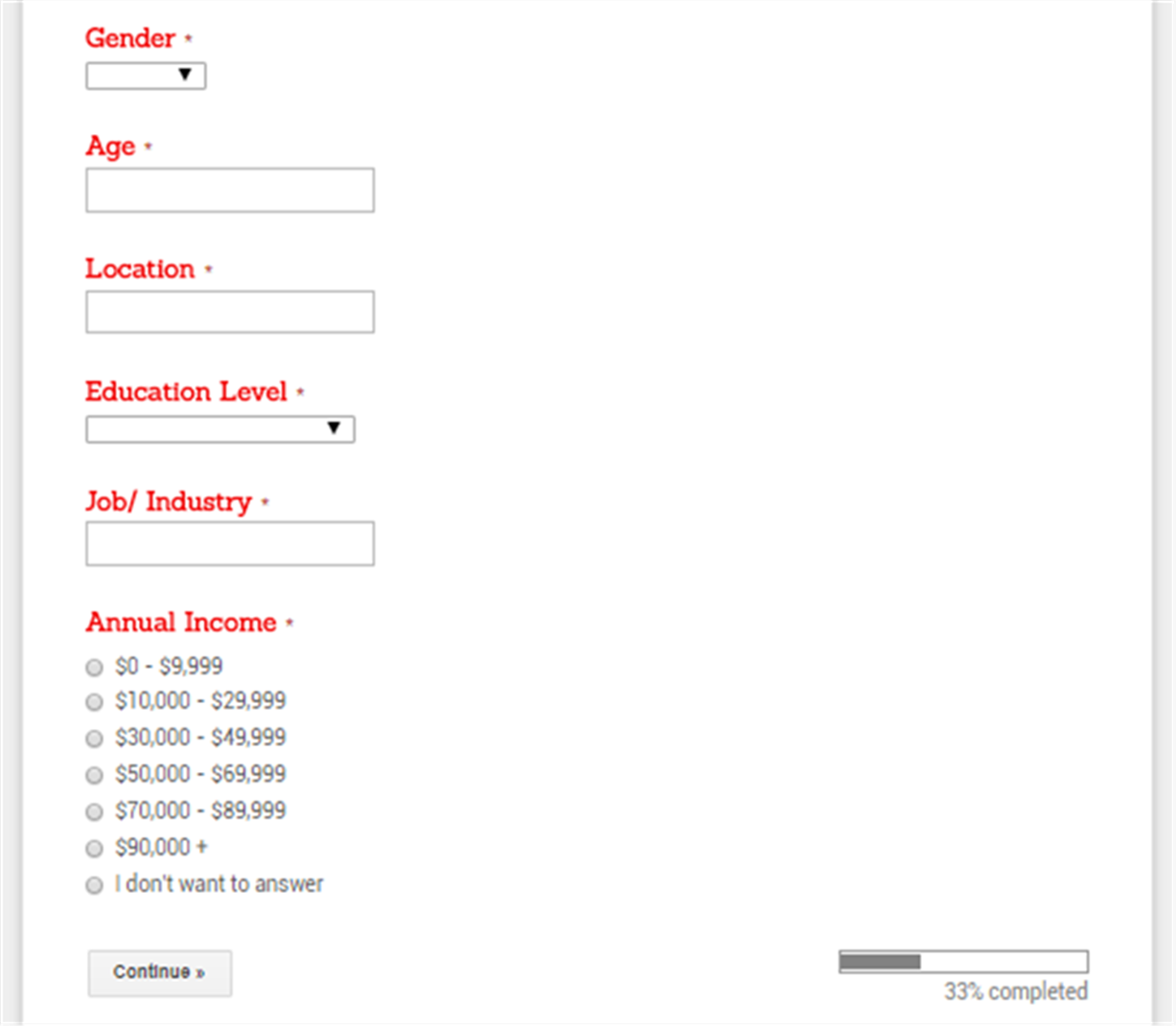
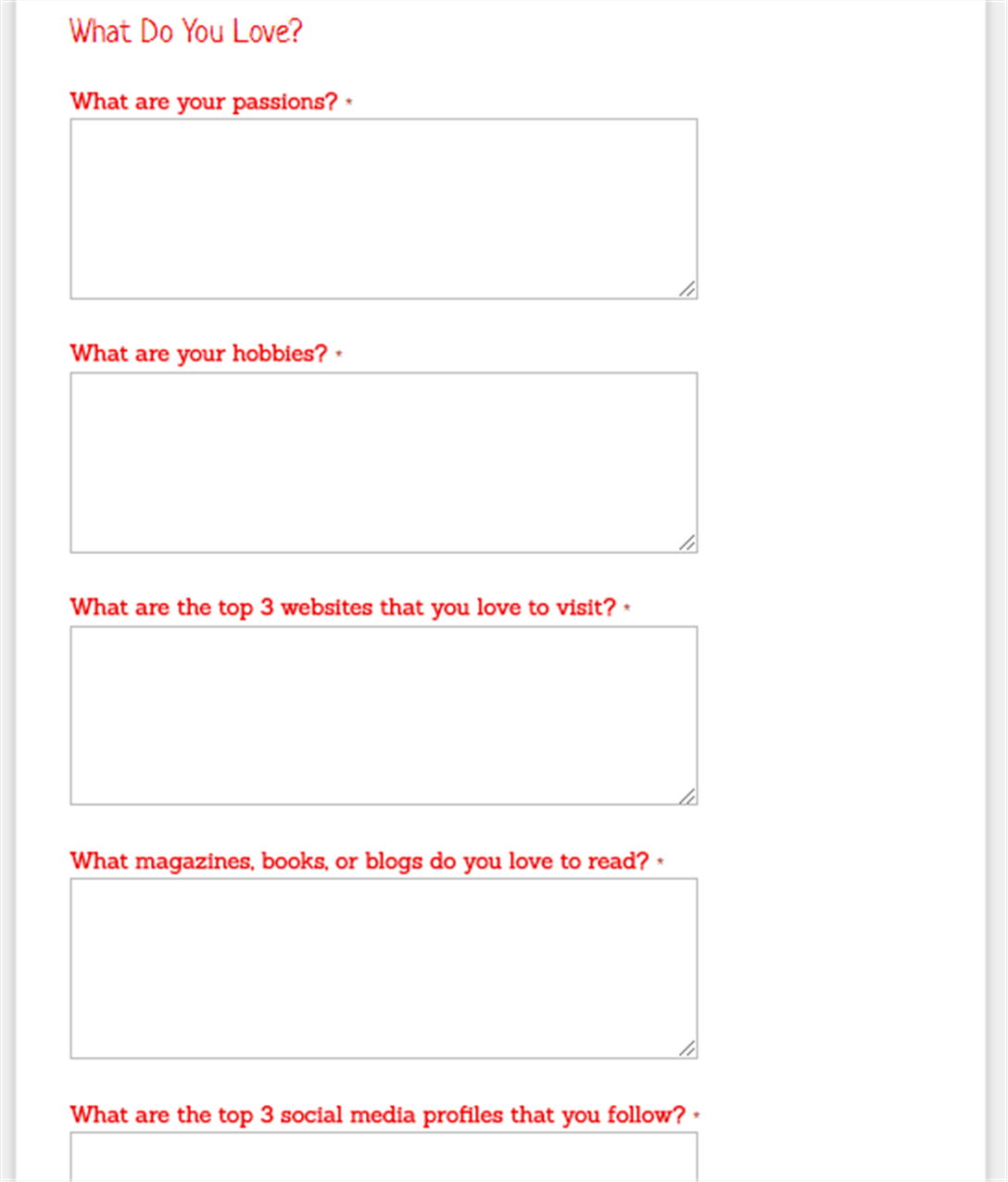
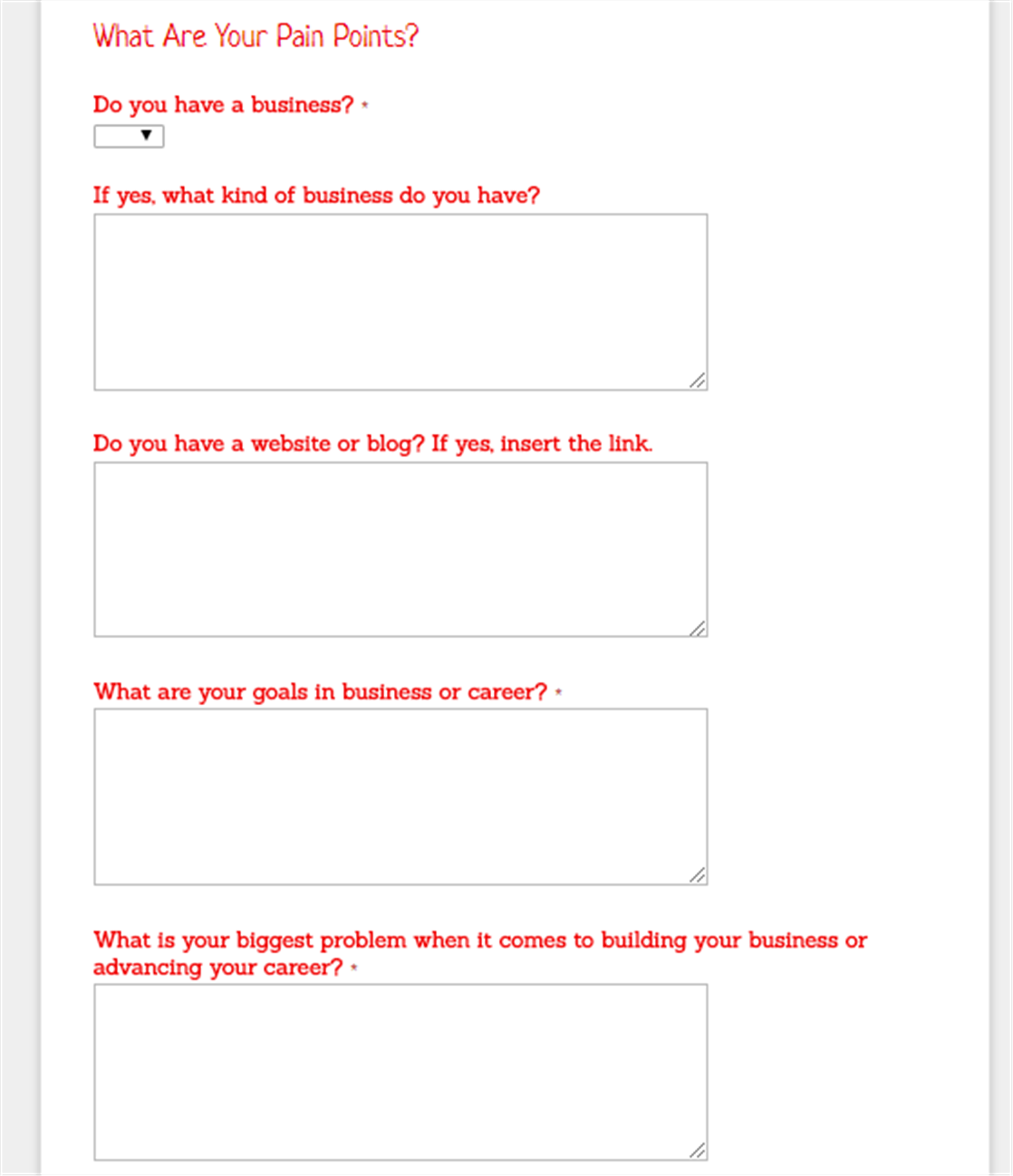
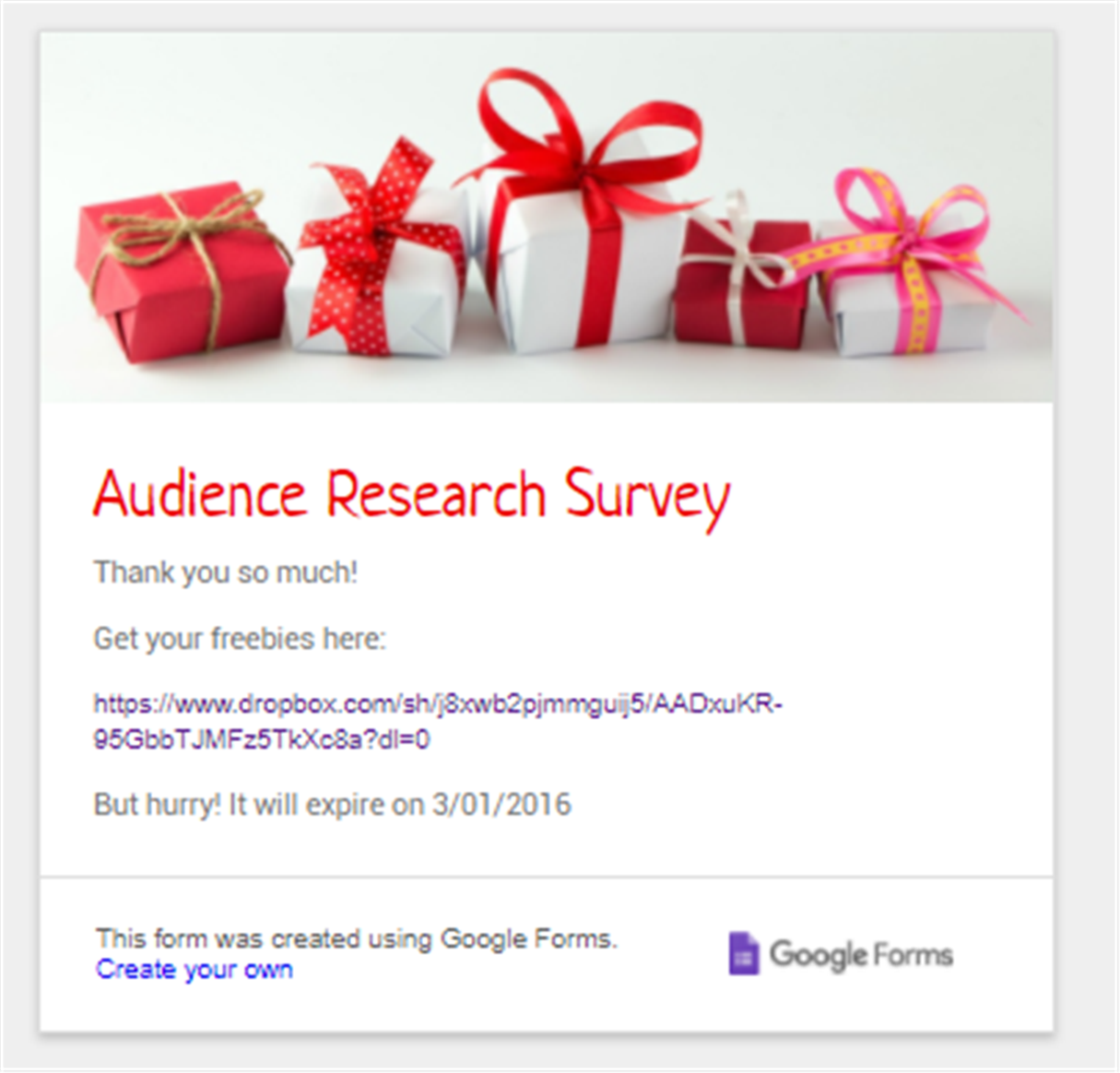
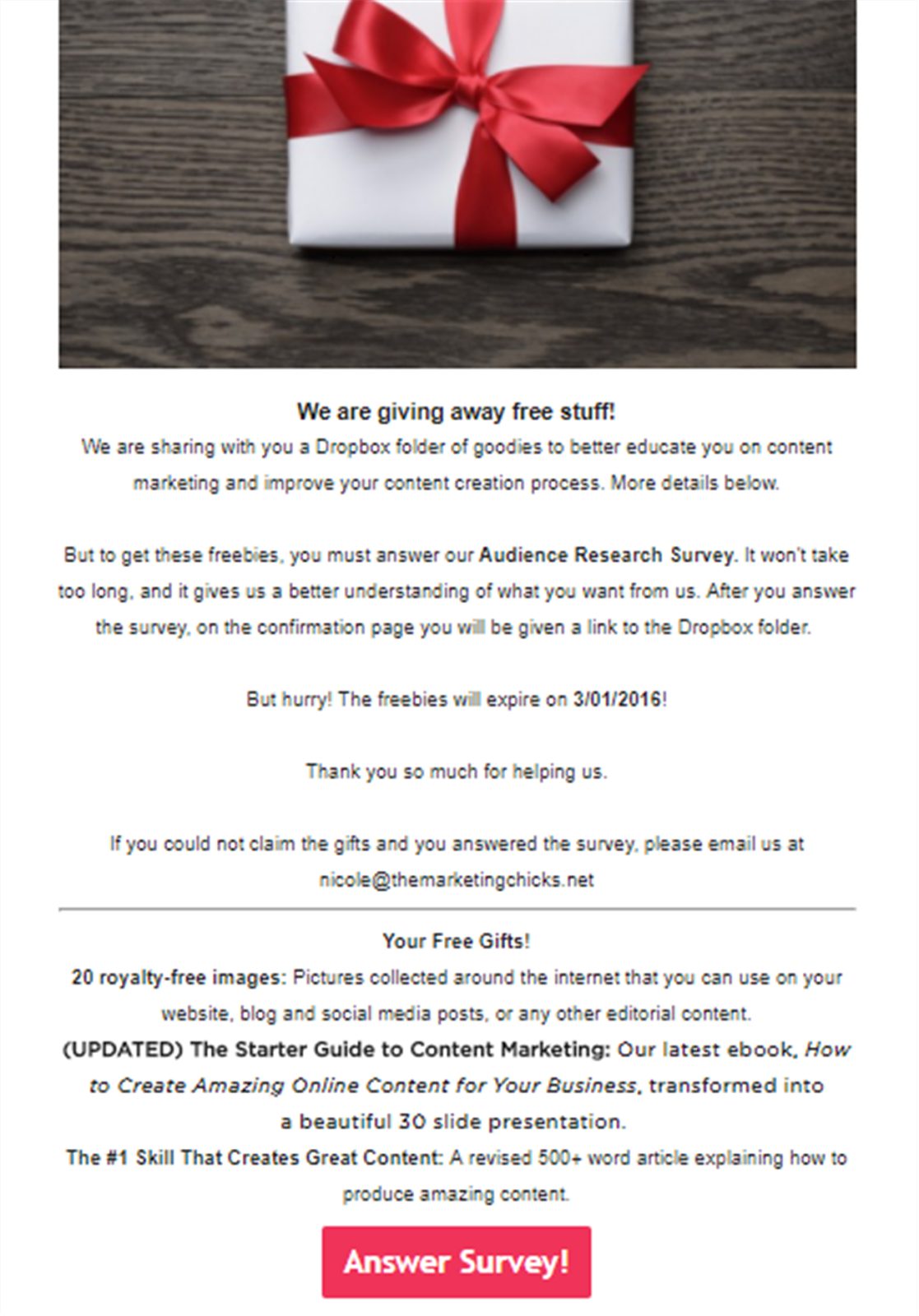
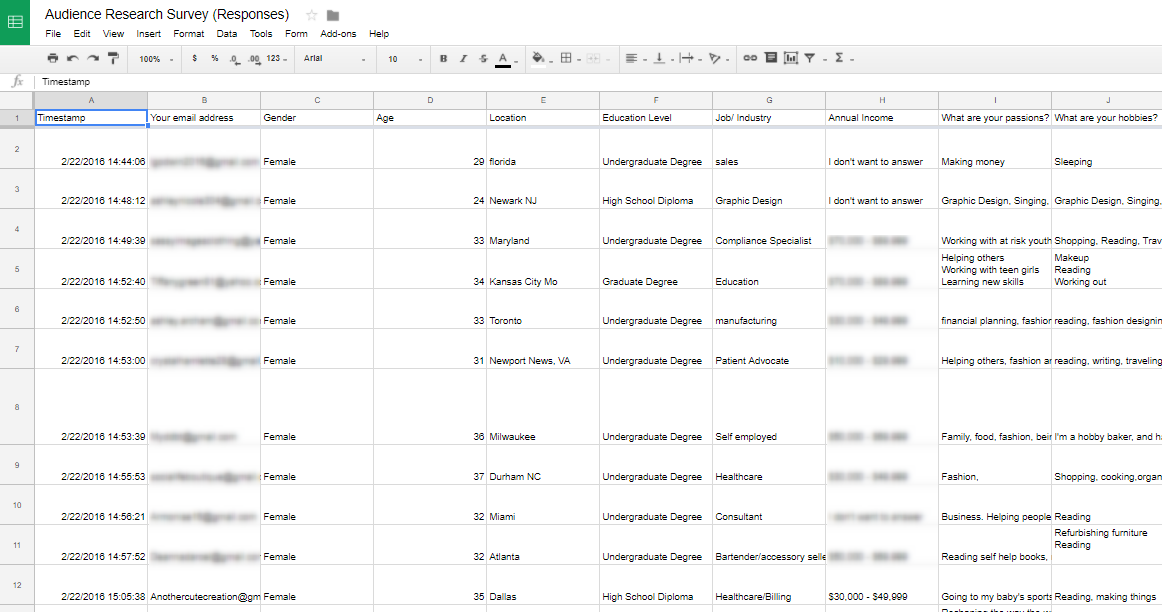
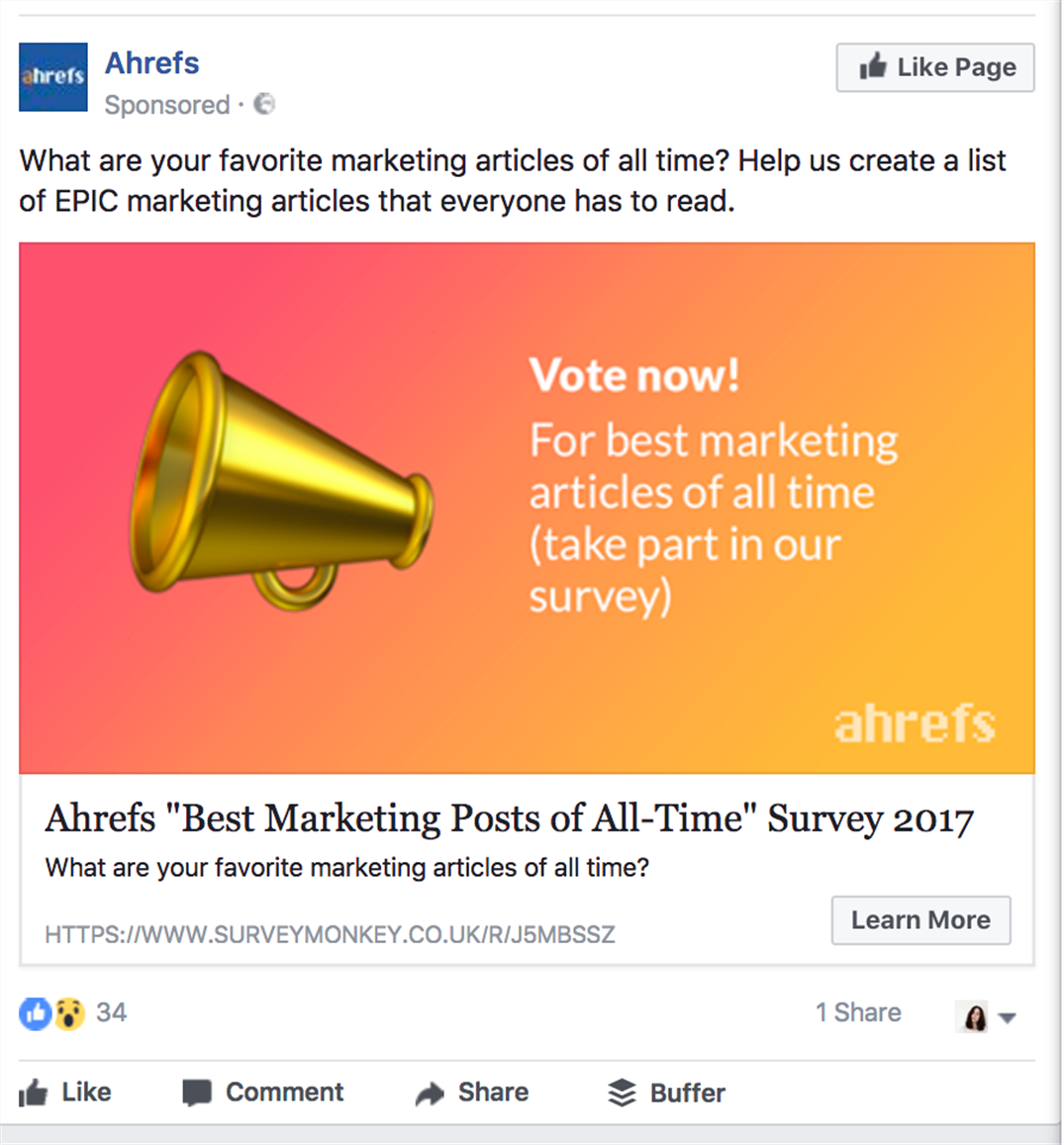
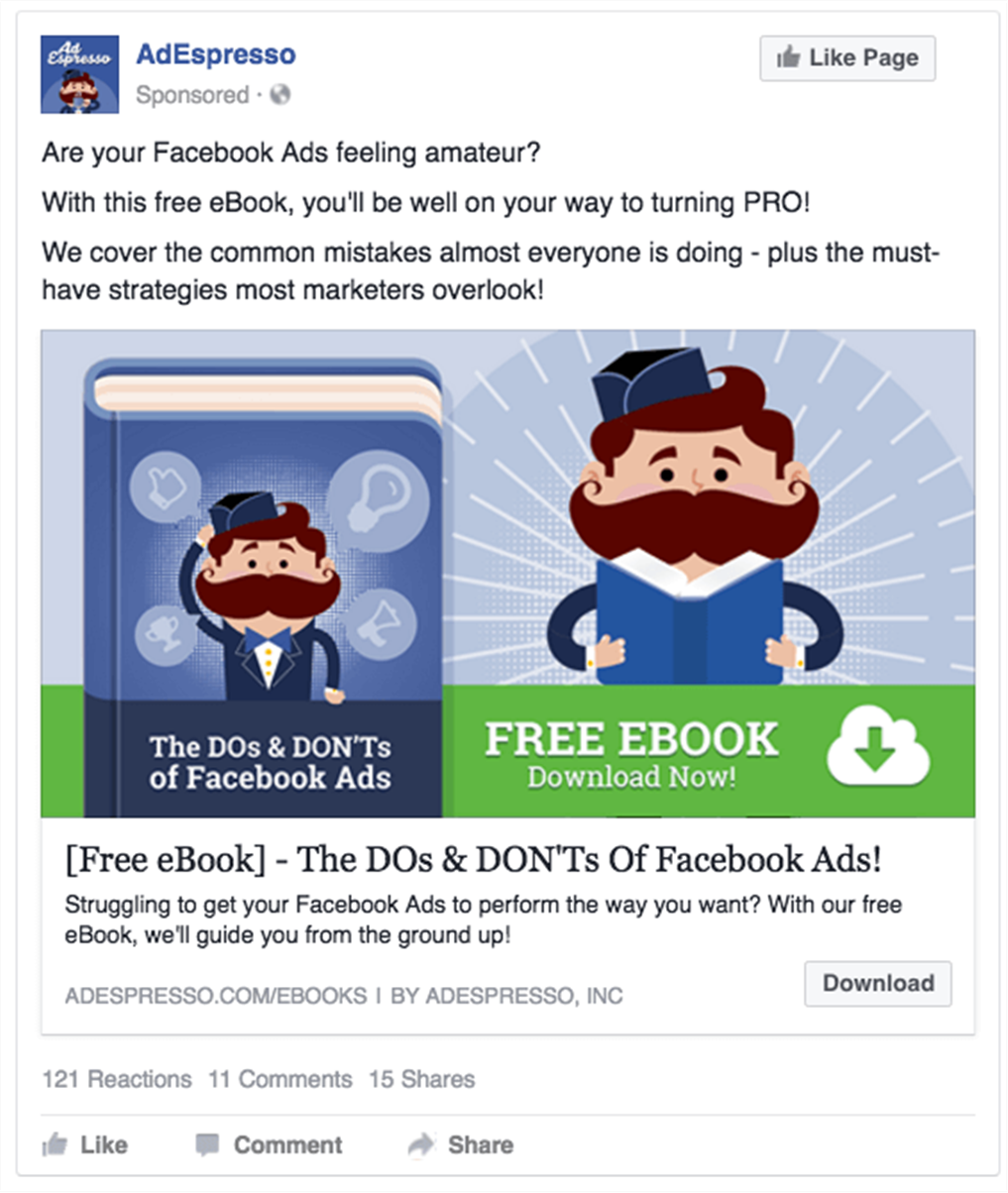
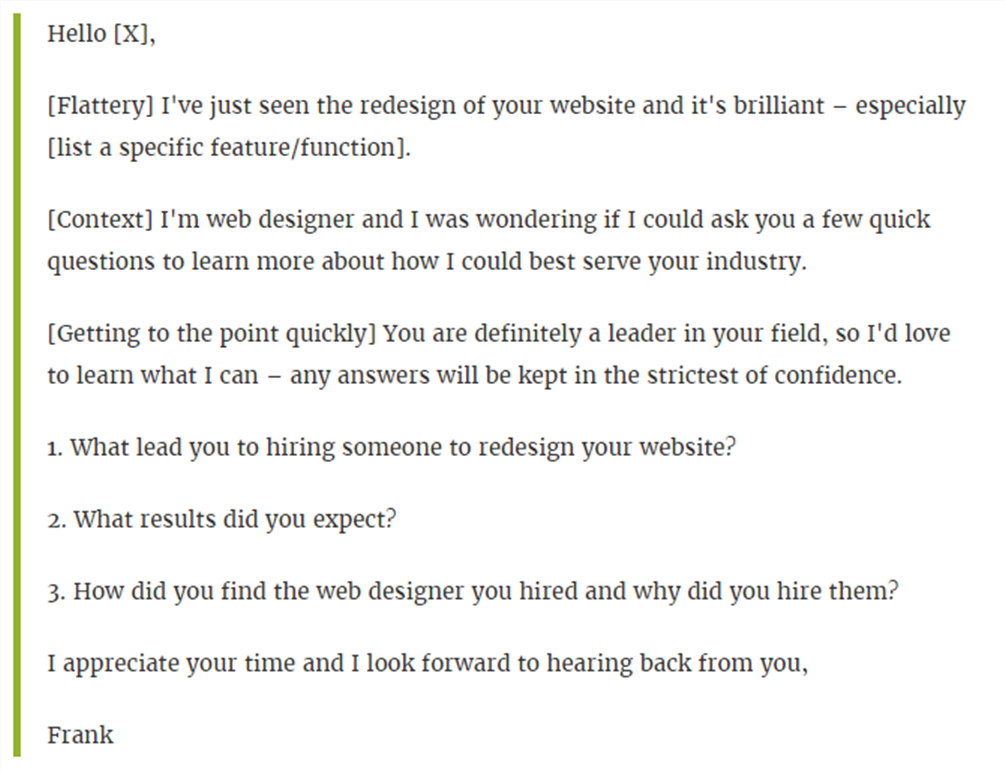
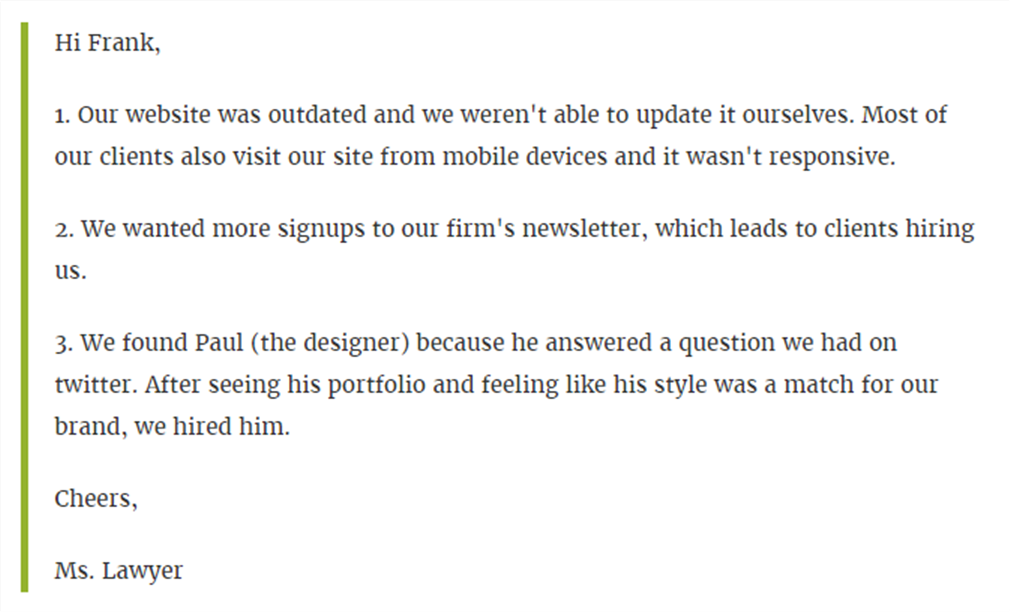
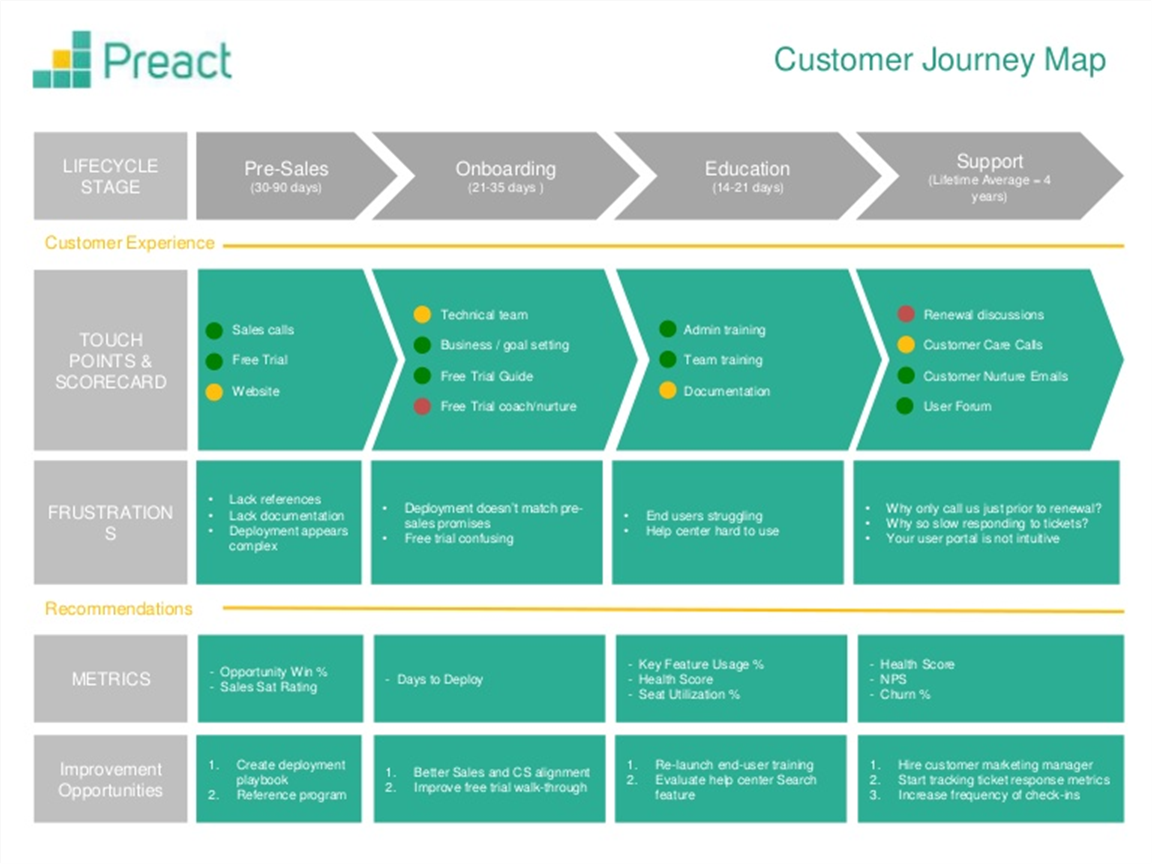
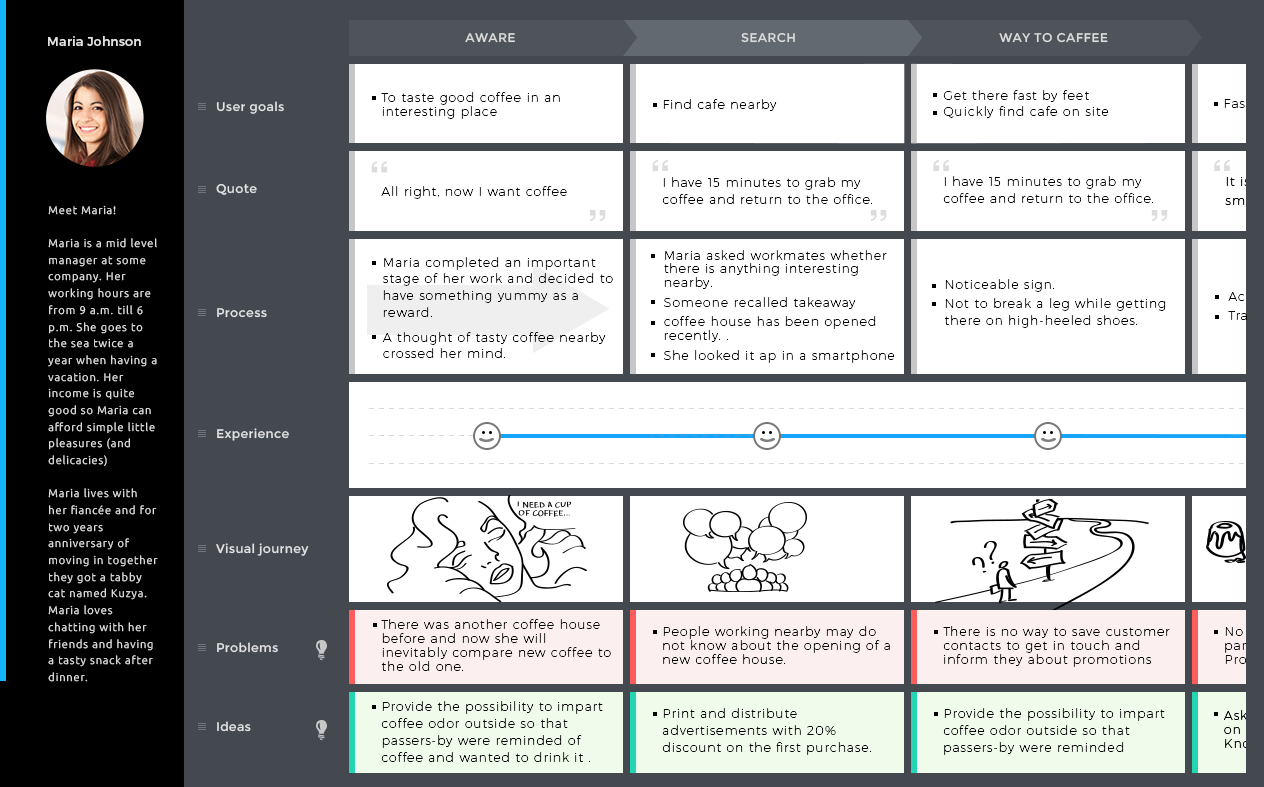

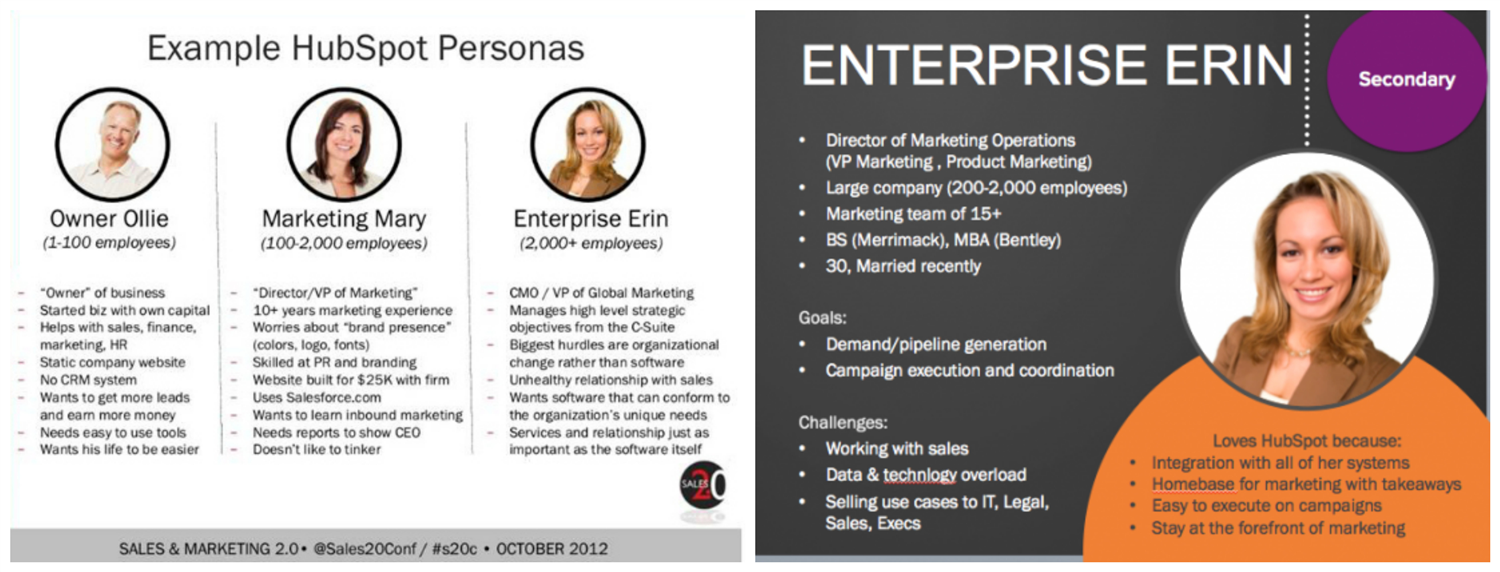

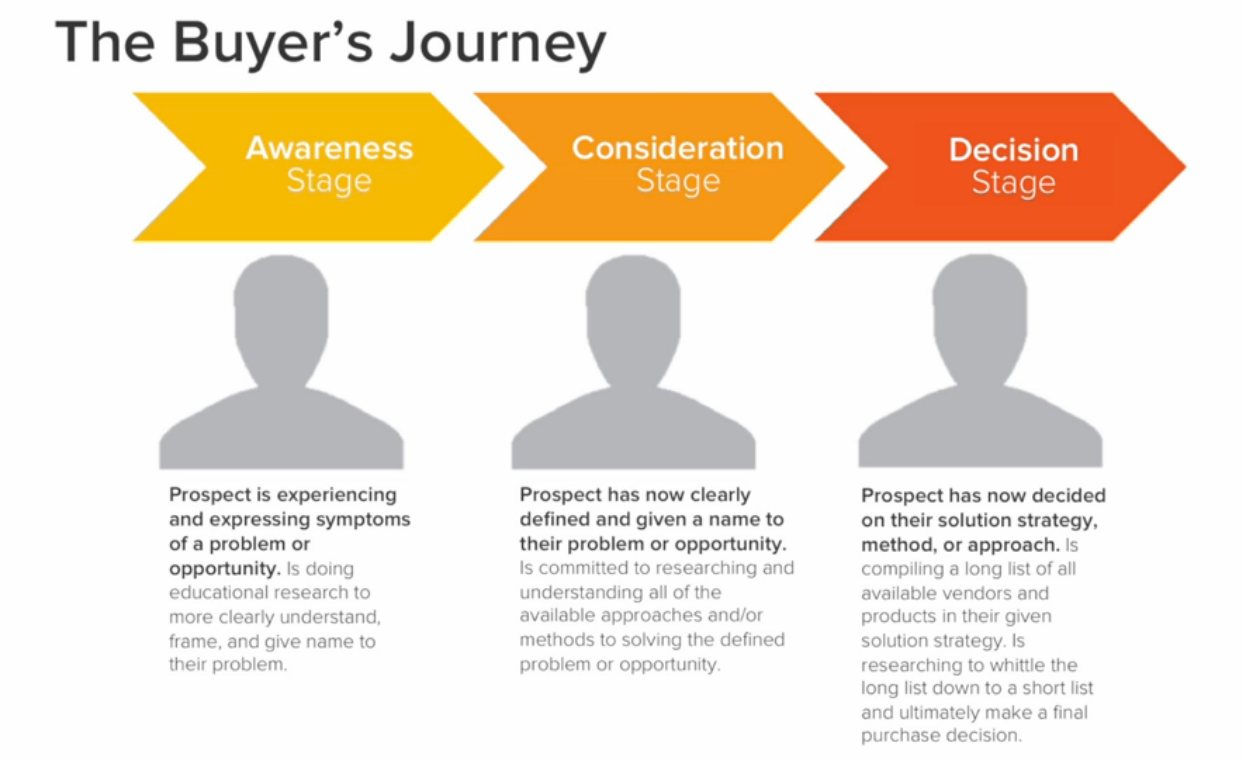
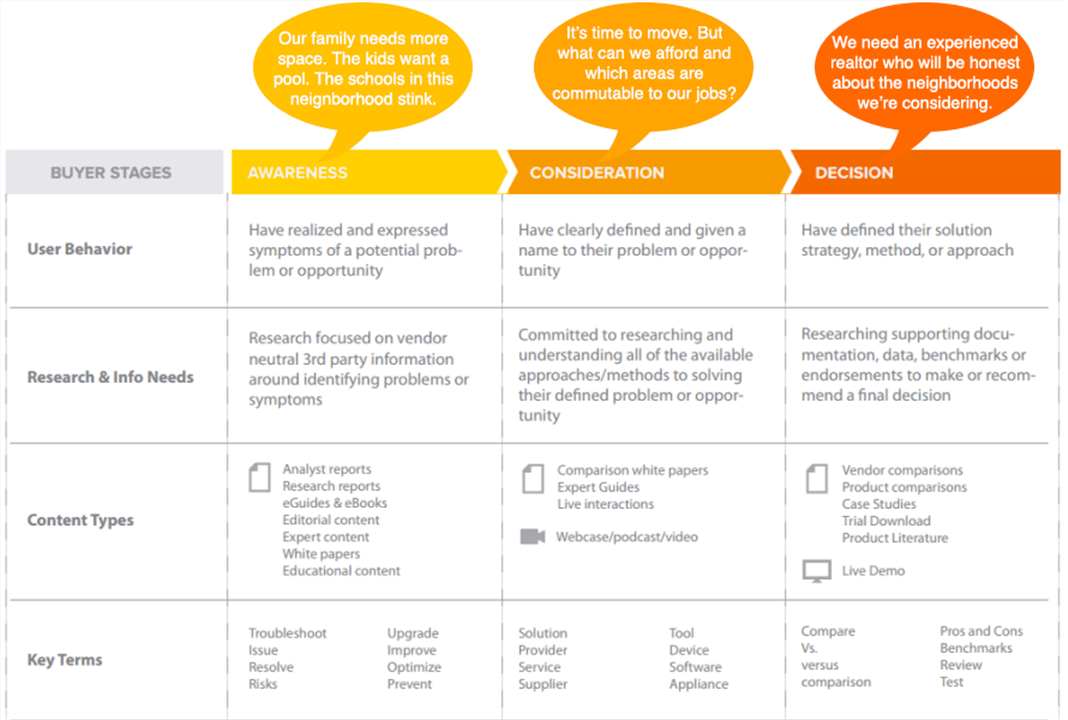
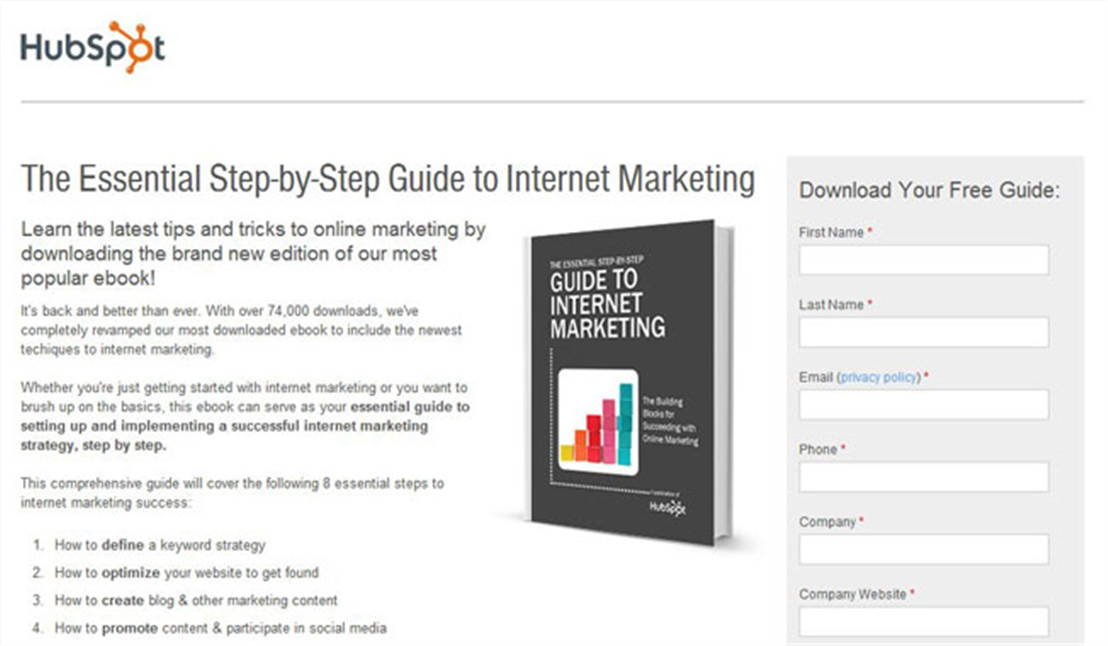
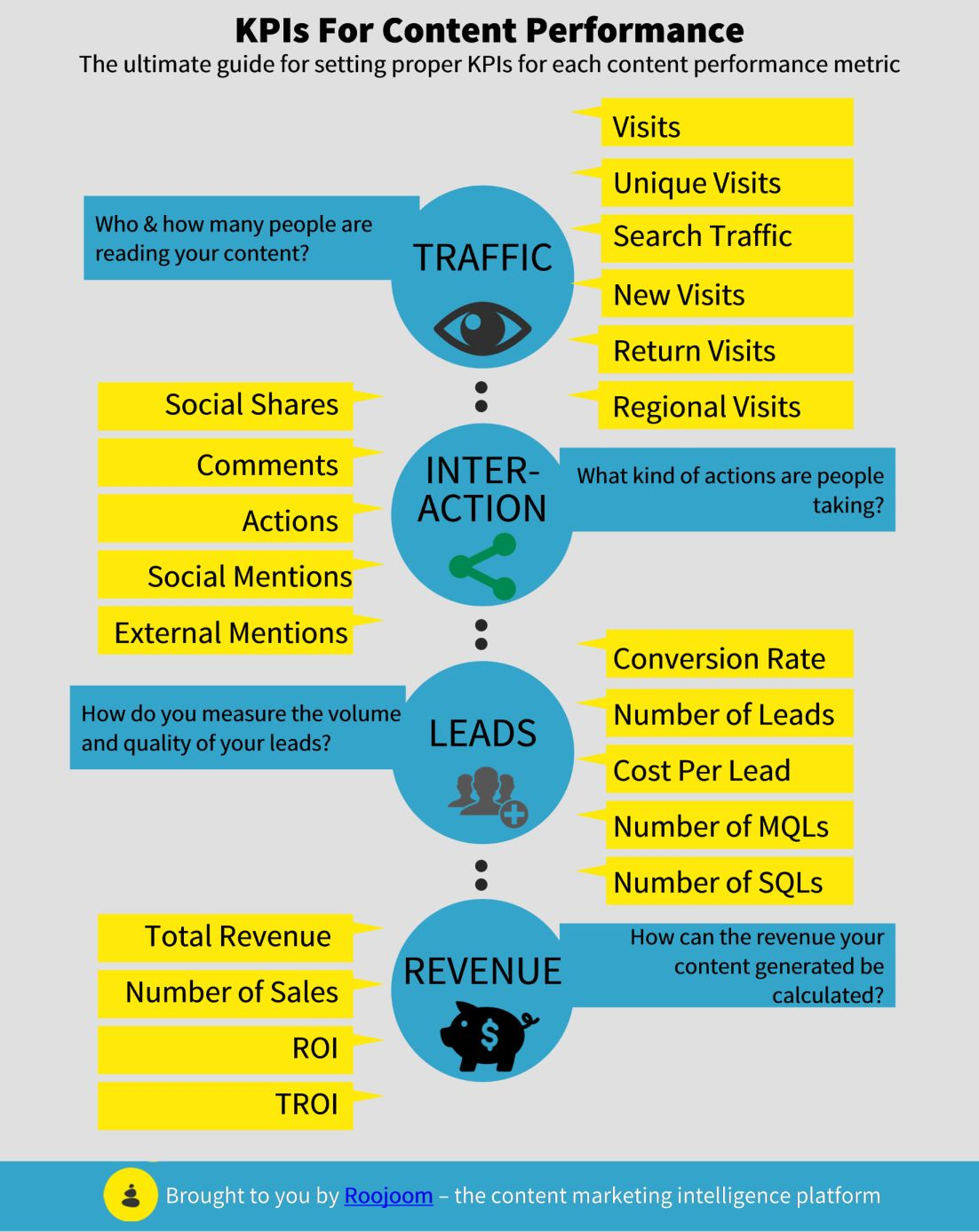
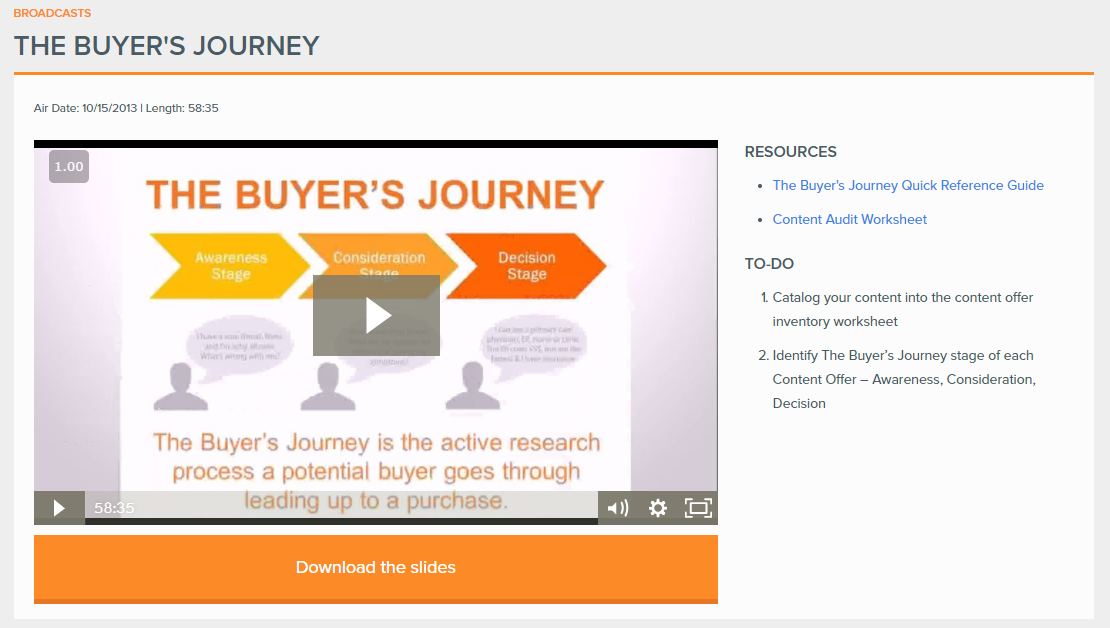
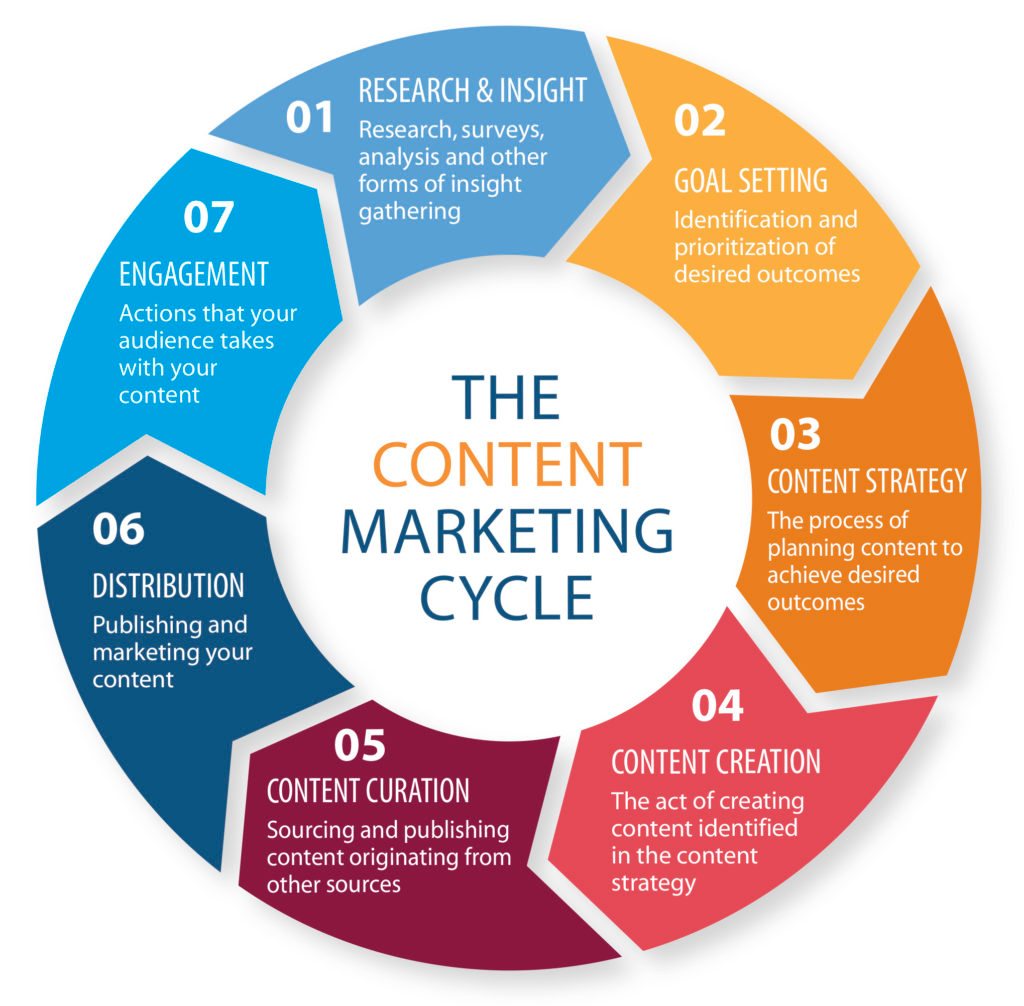
Comments (4)